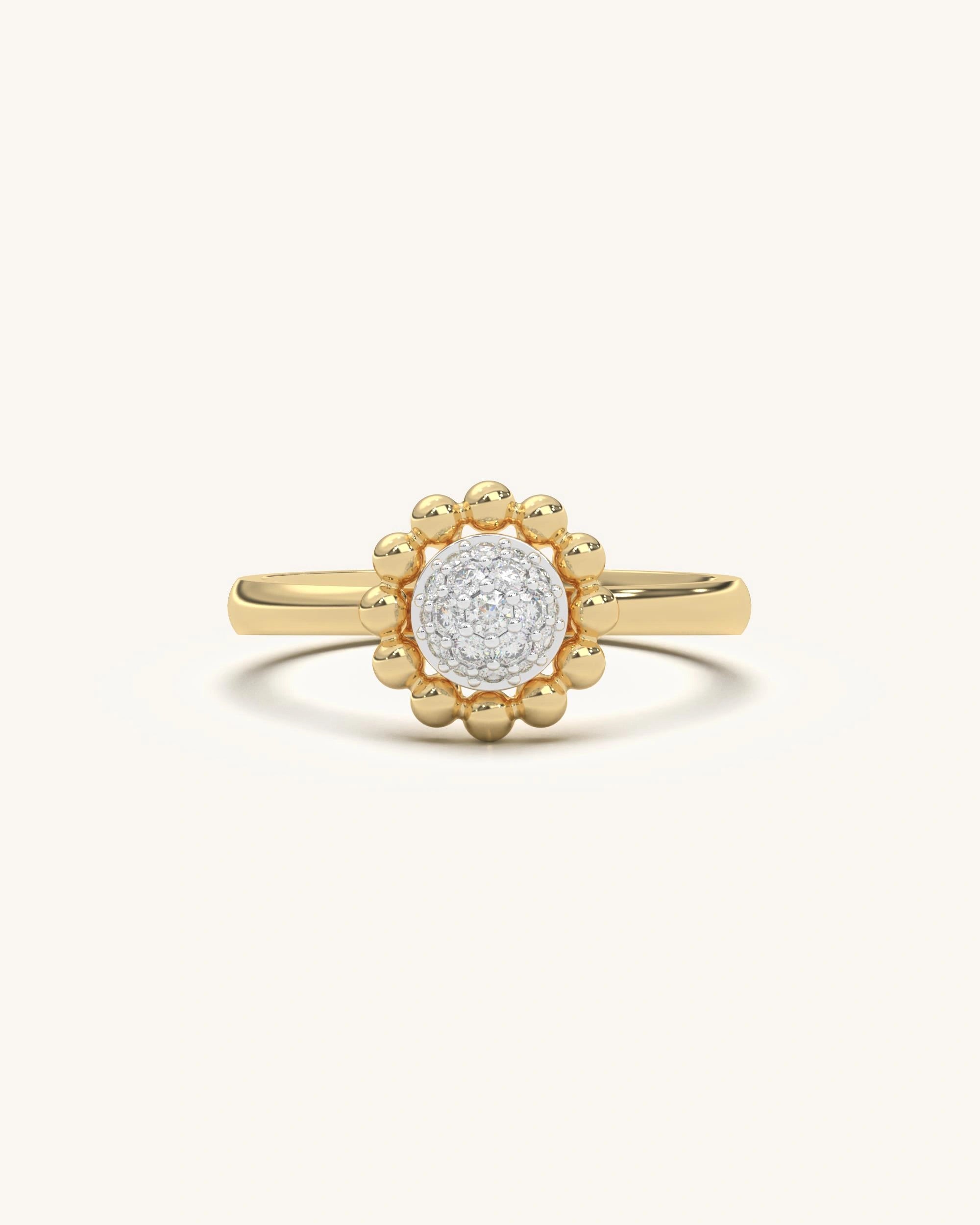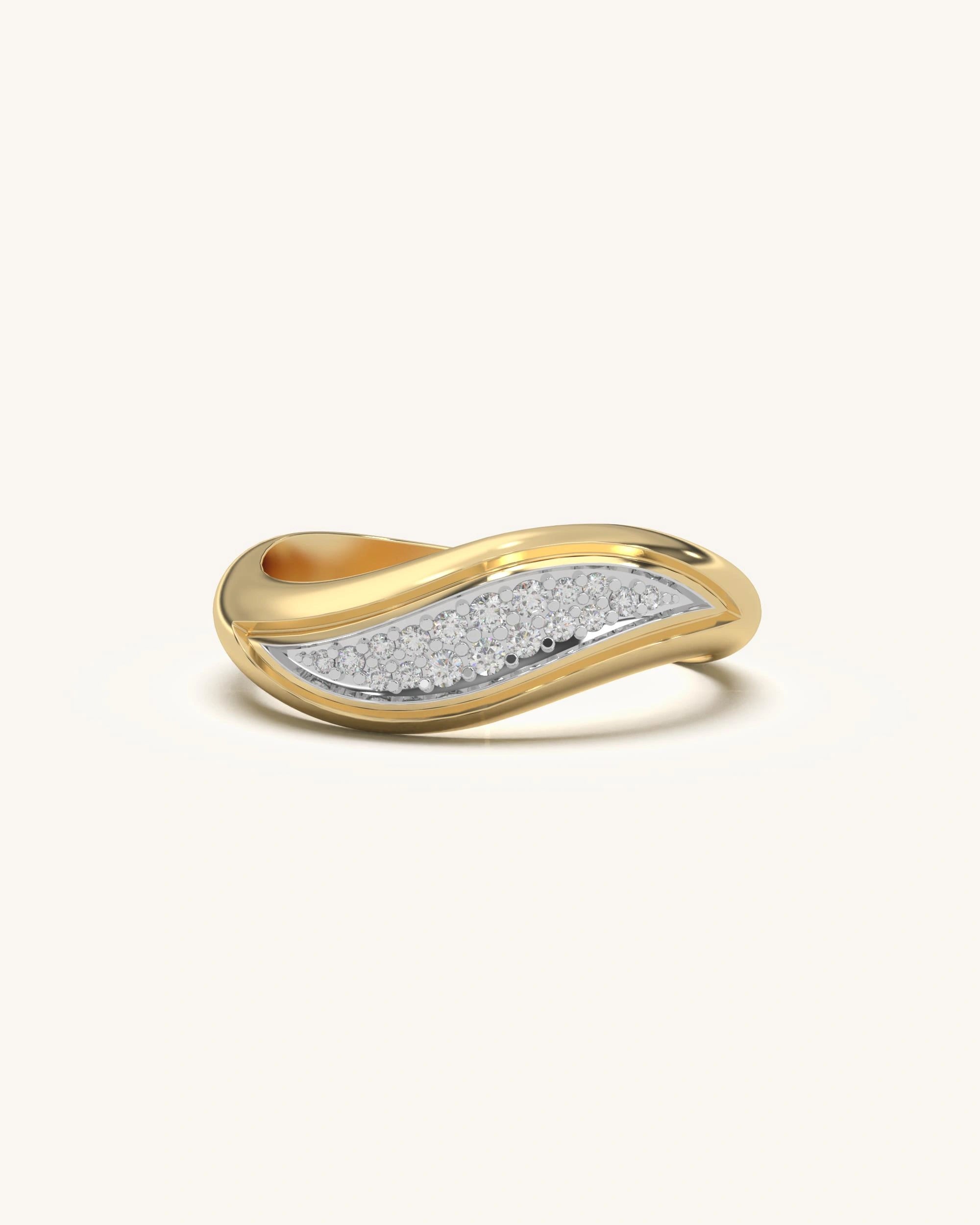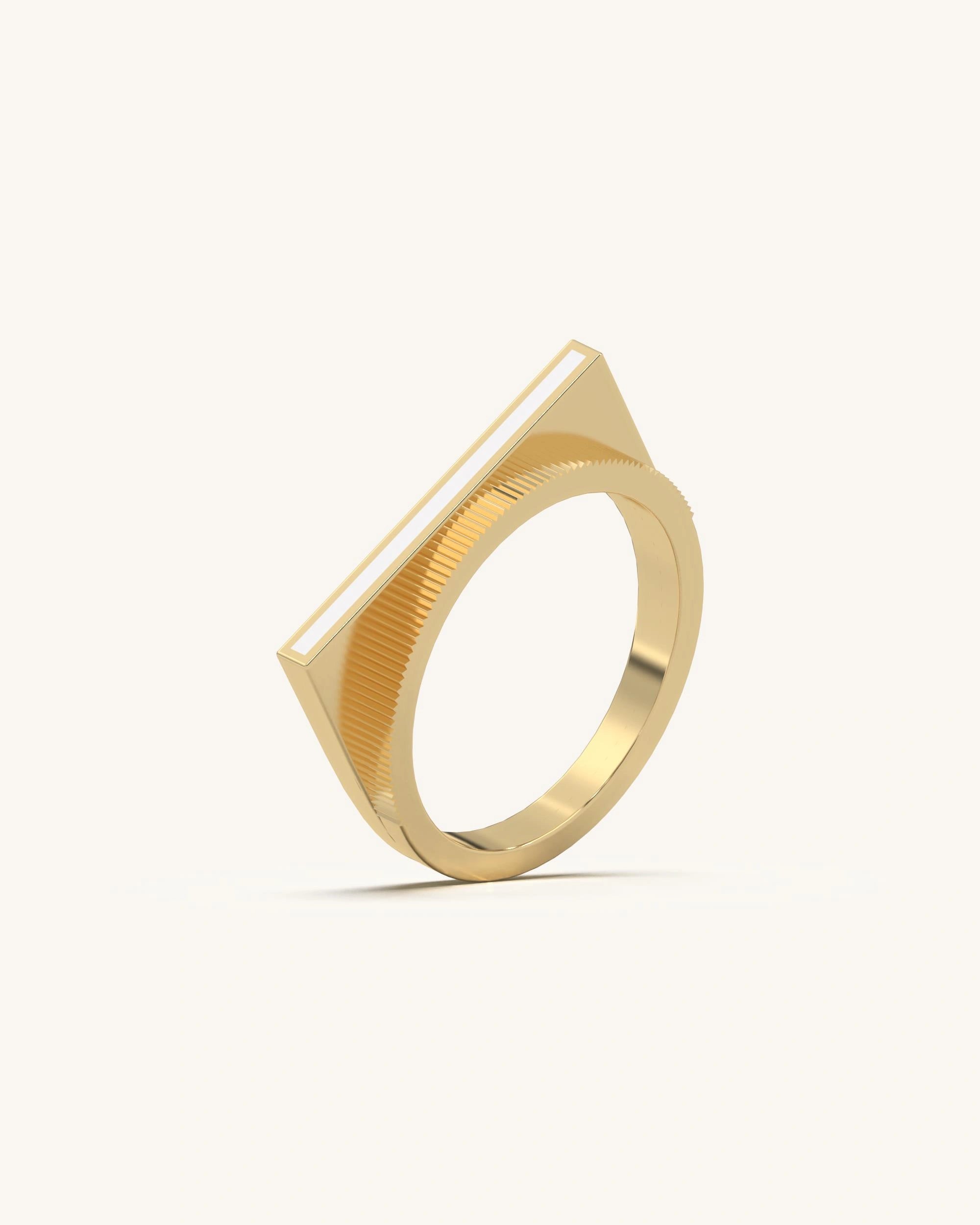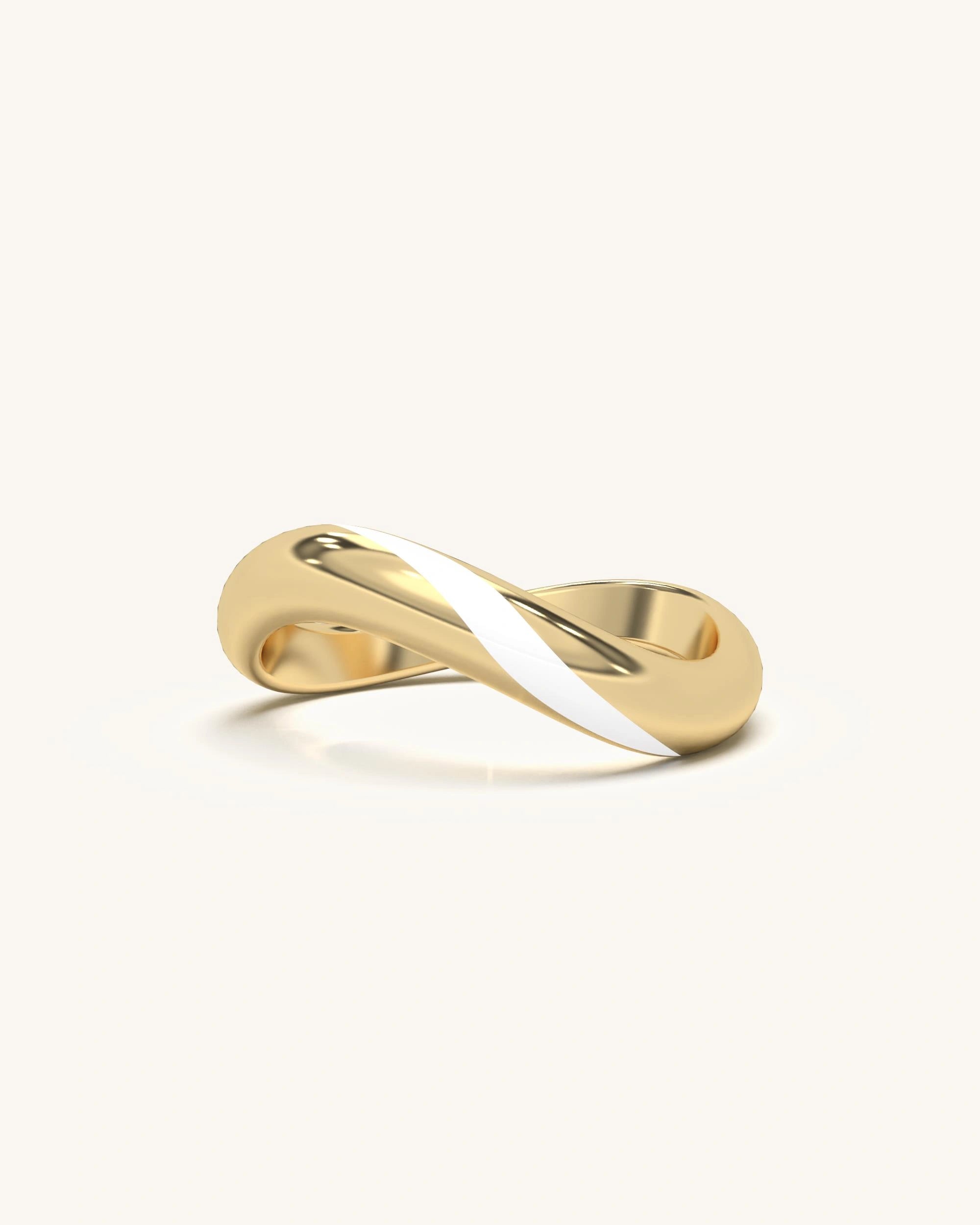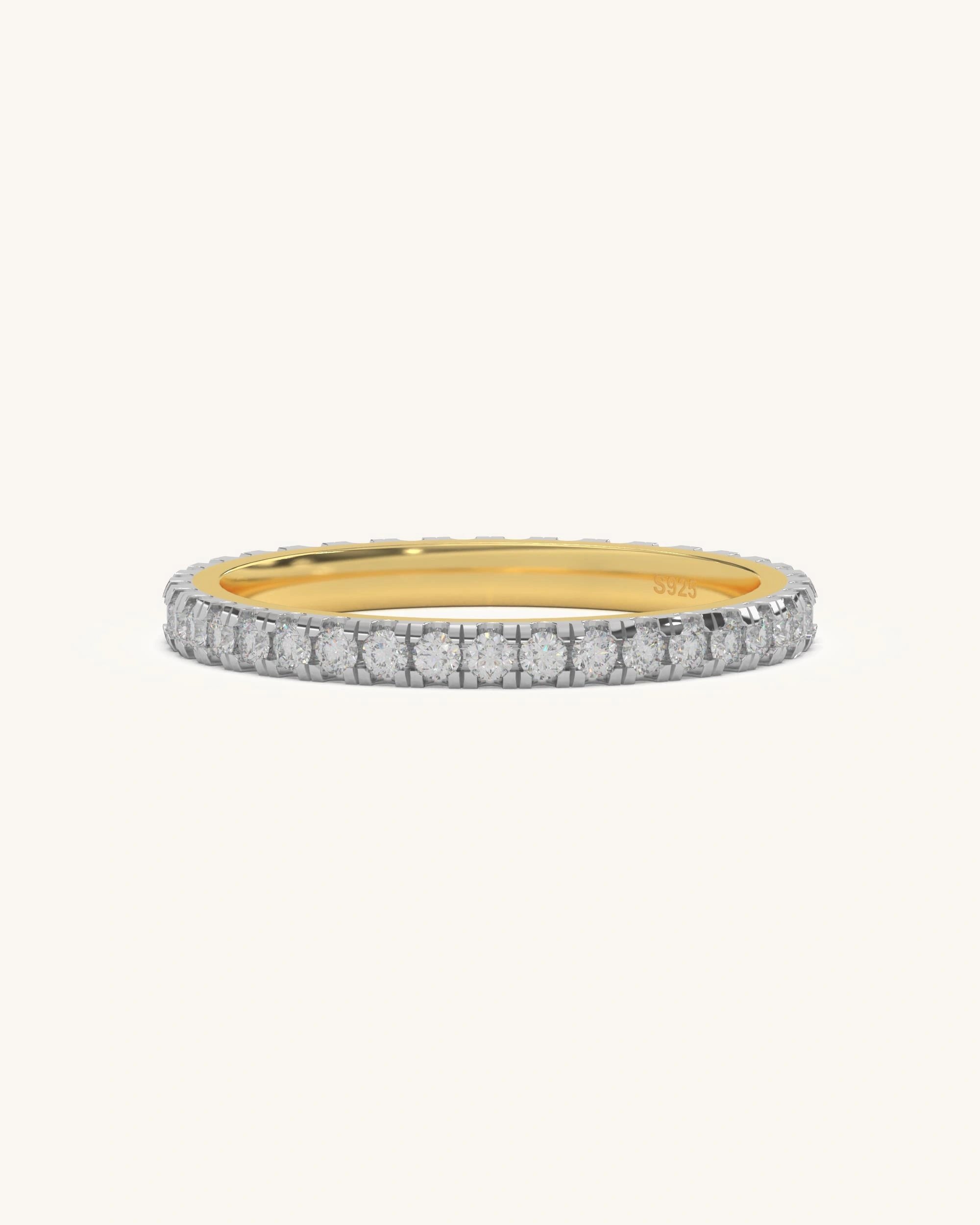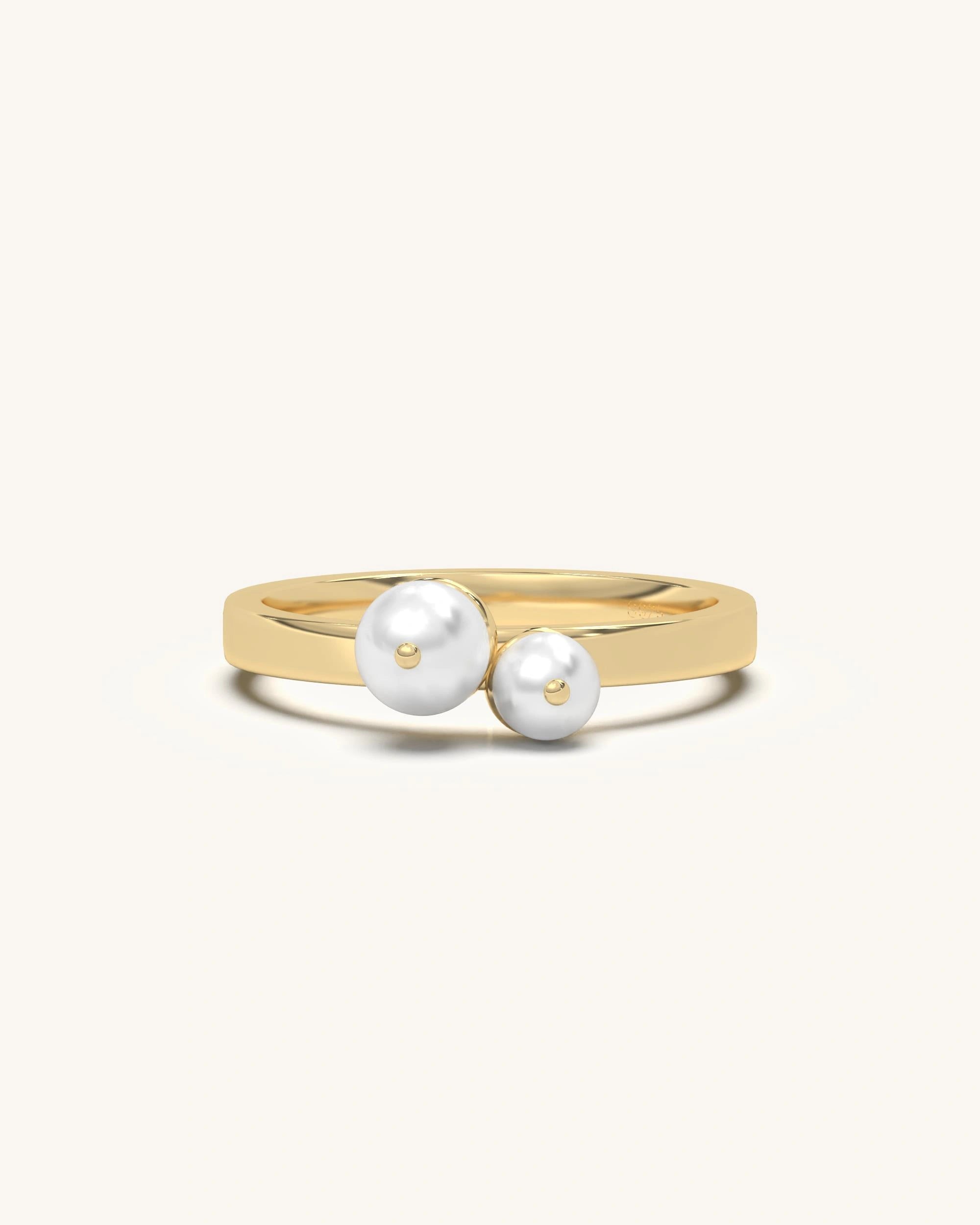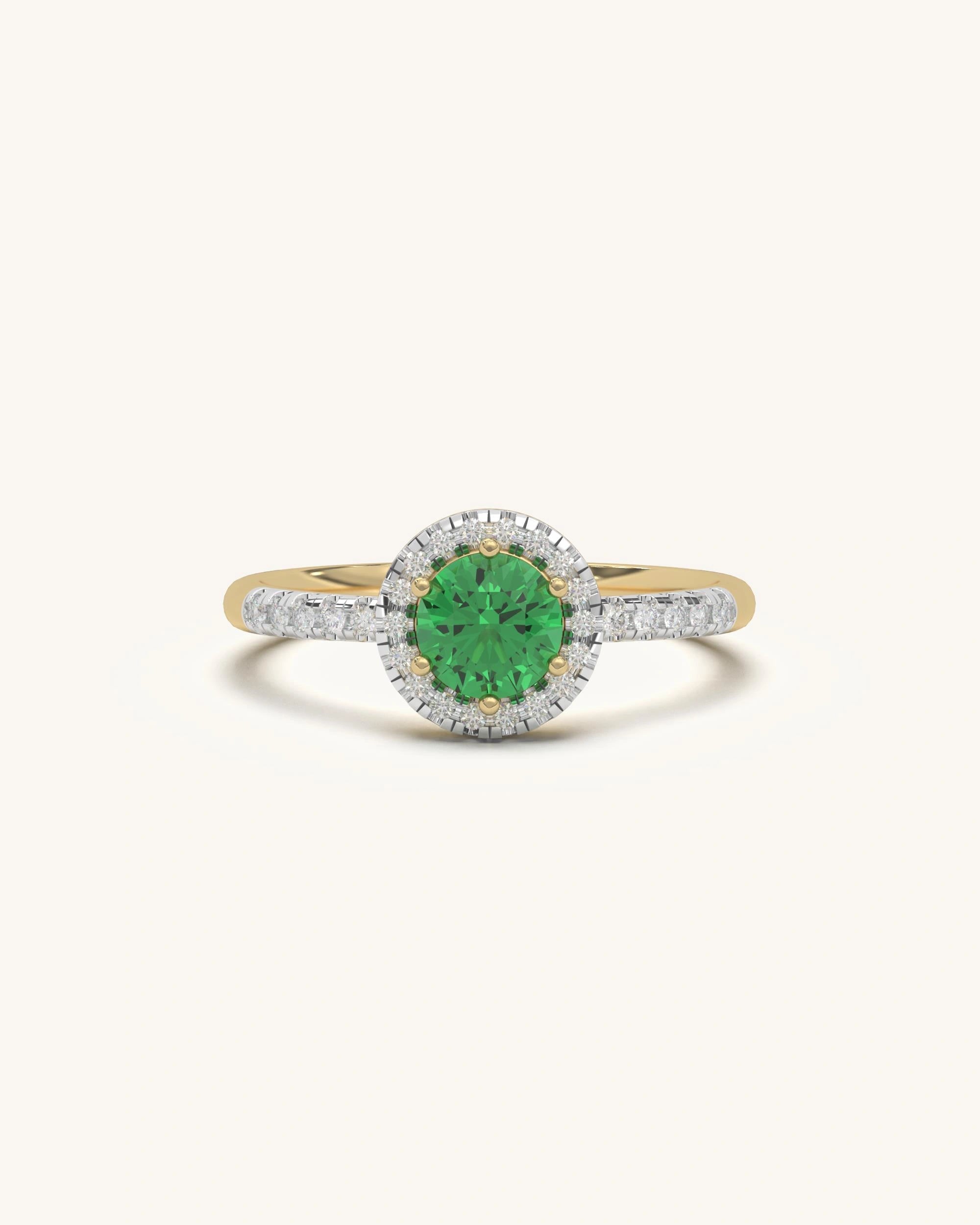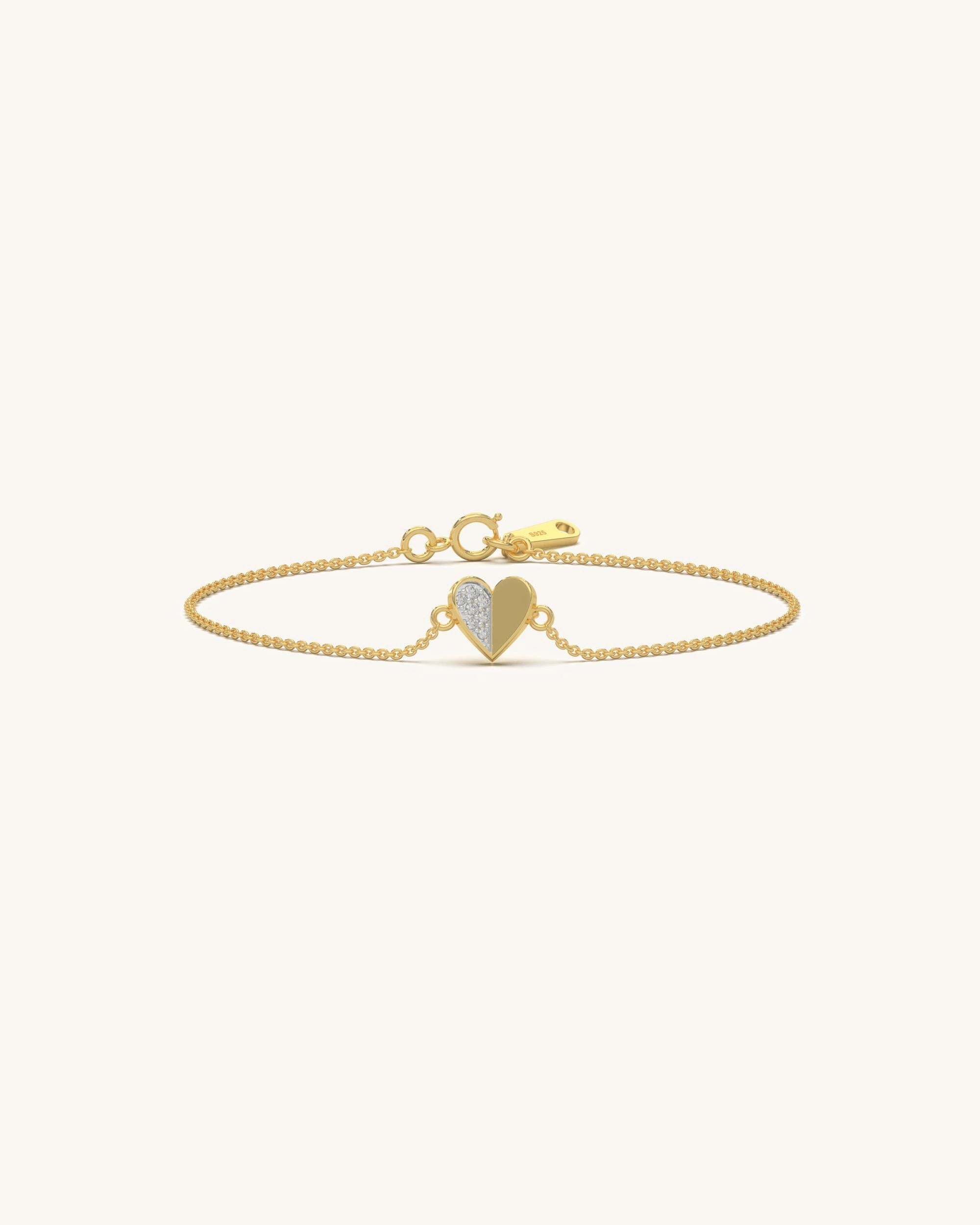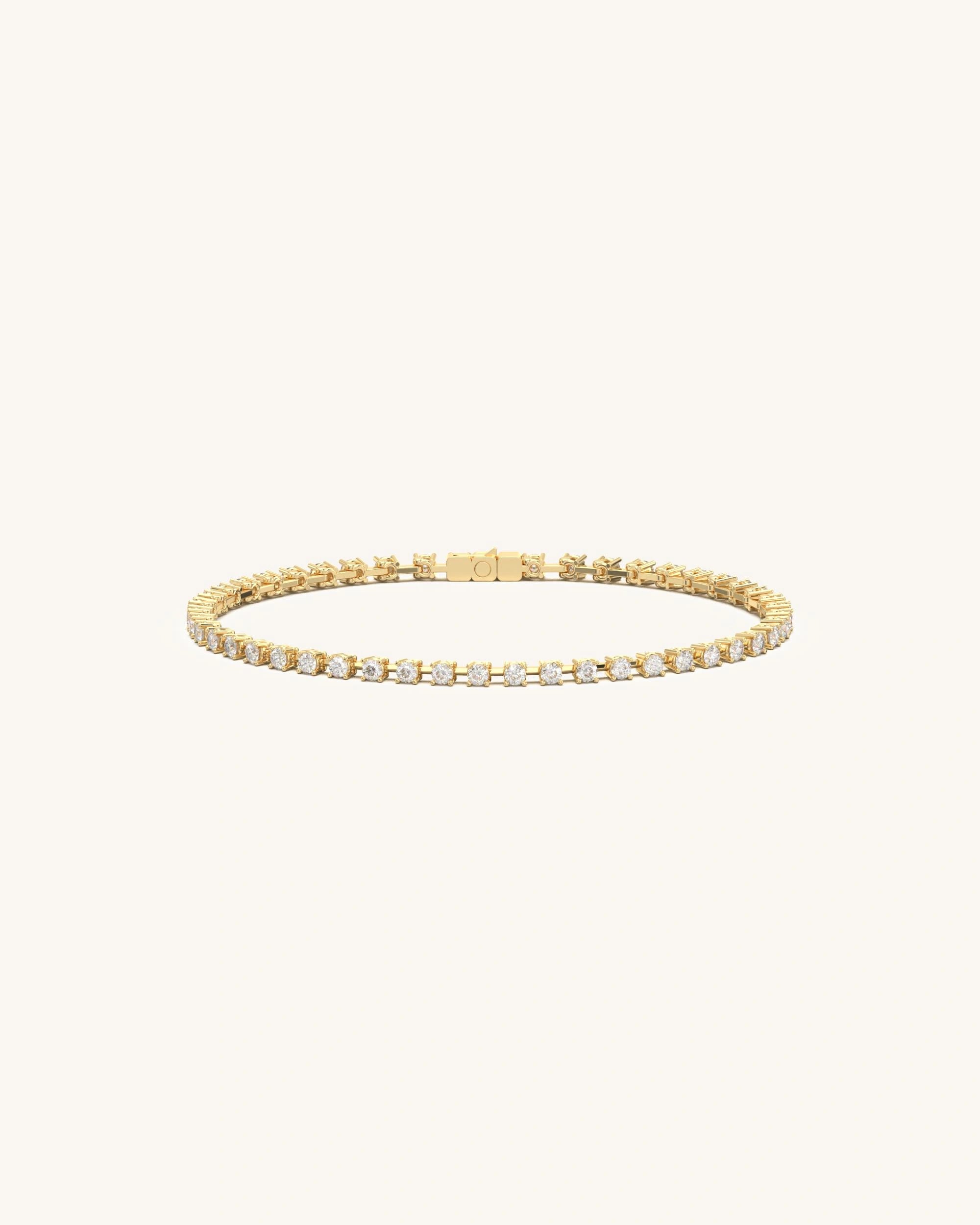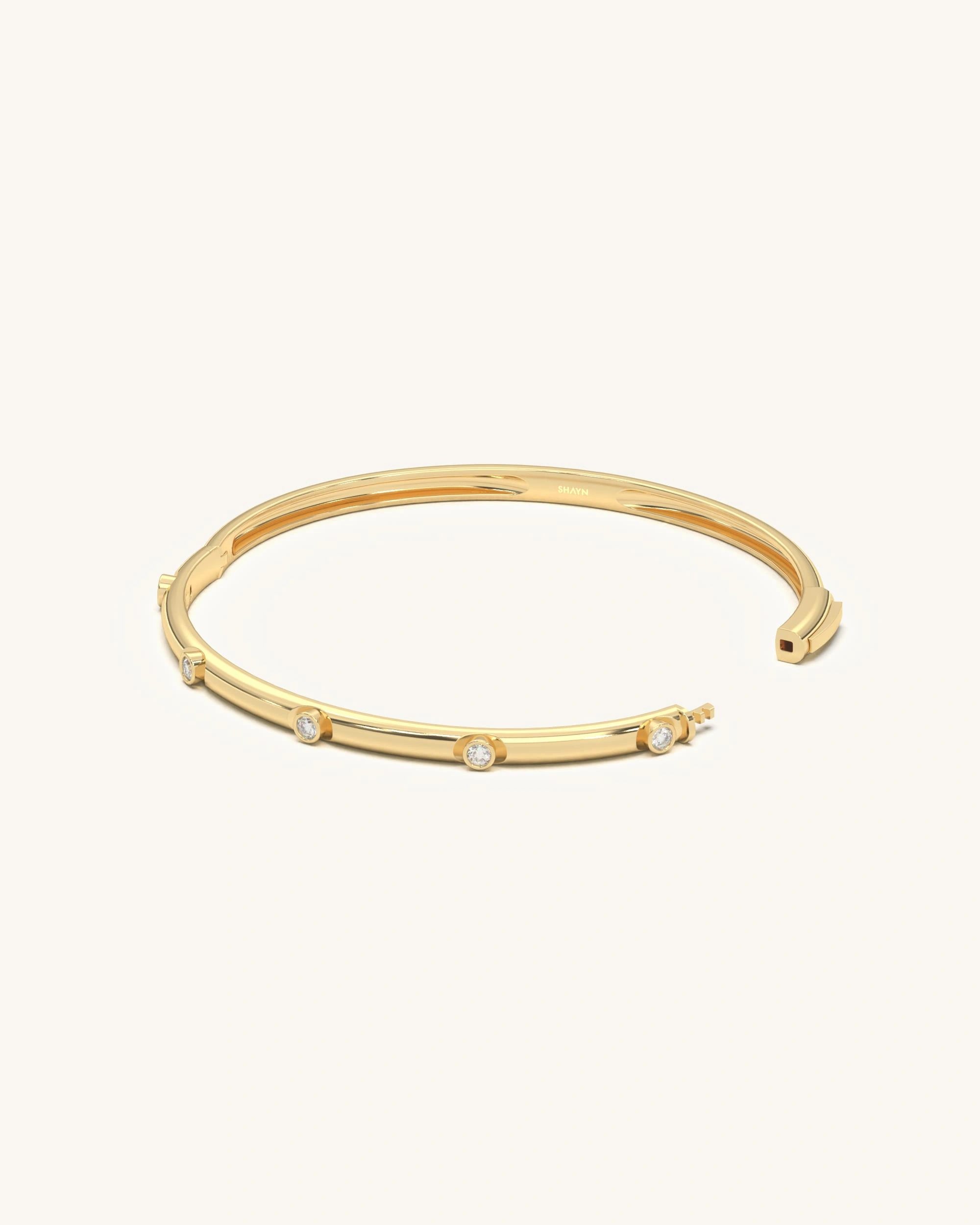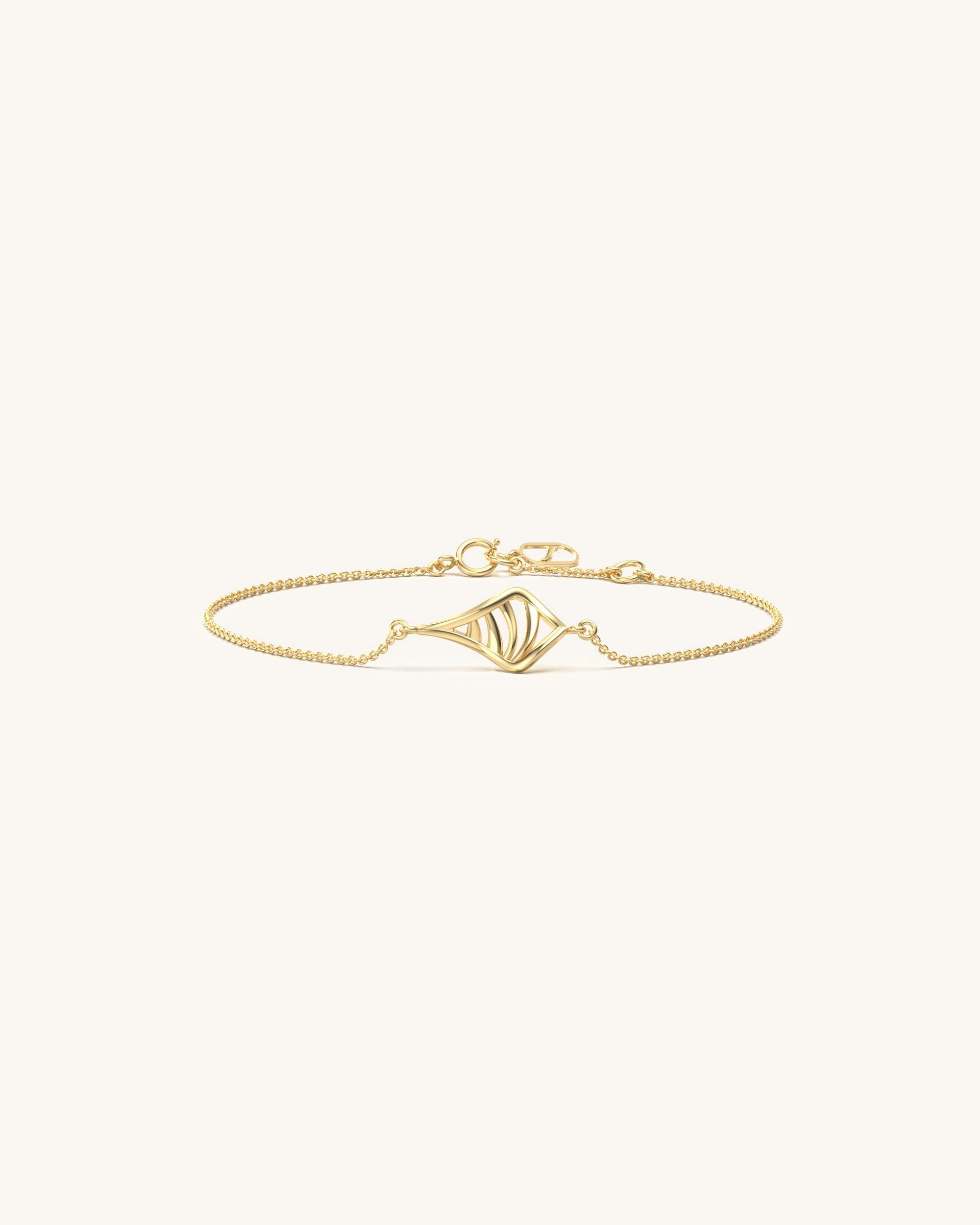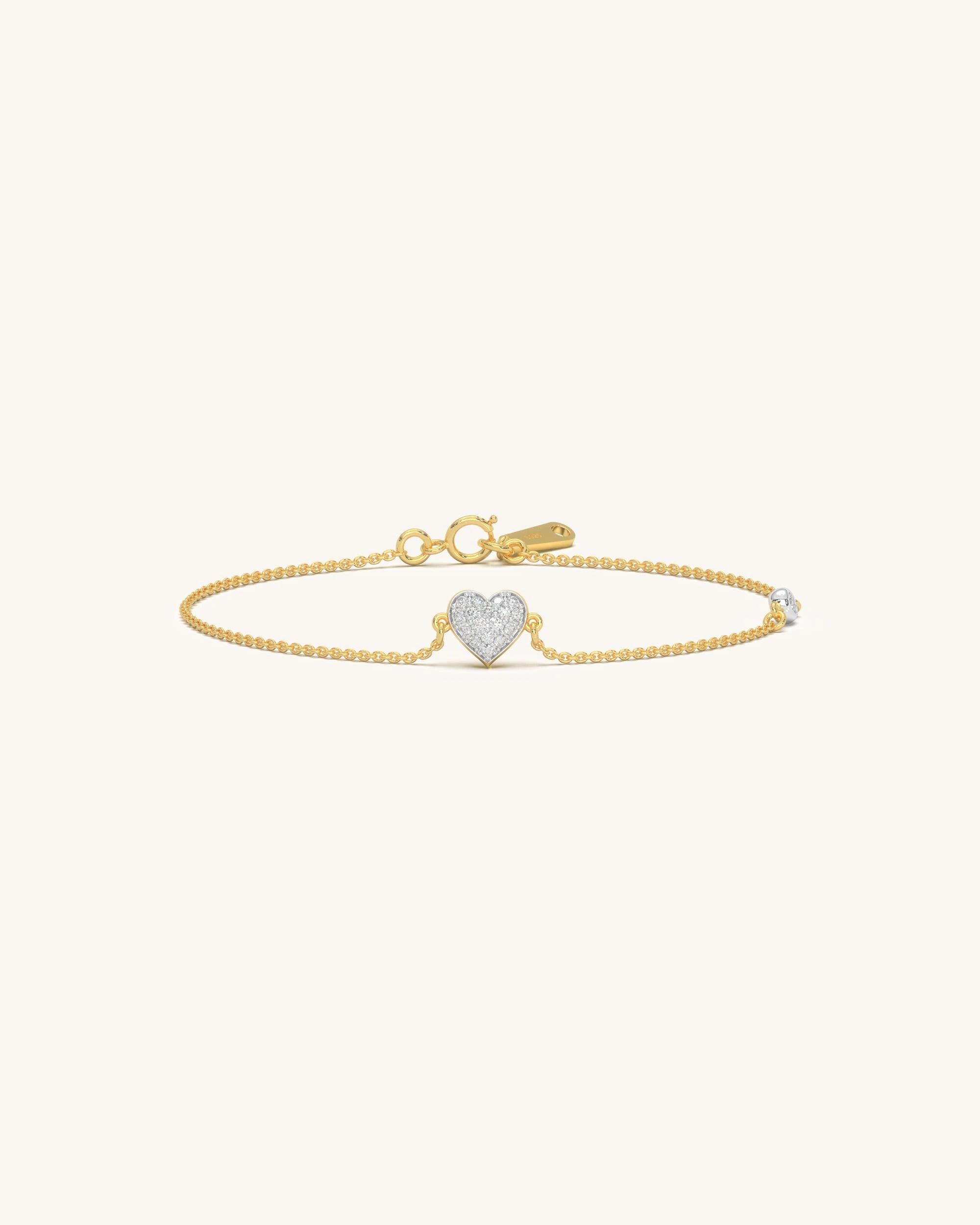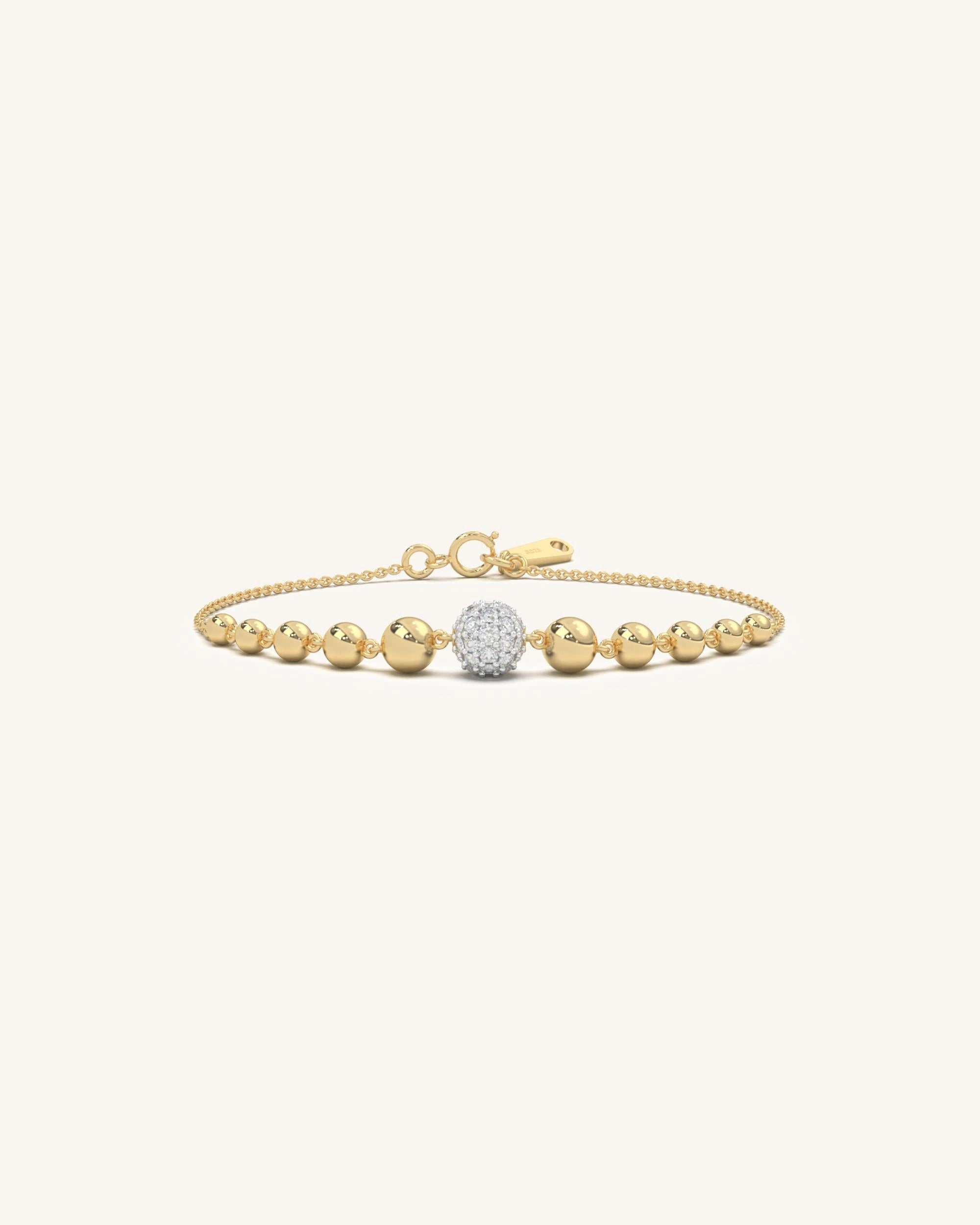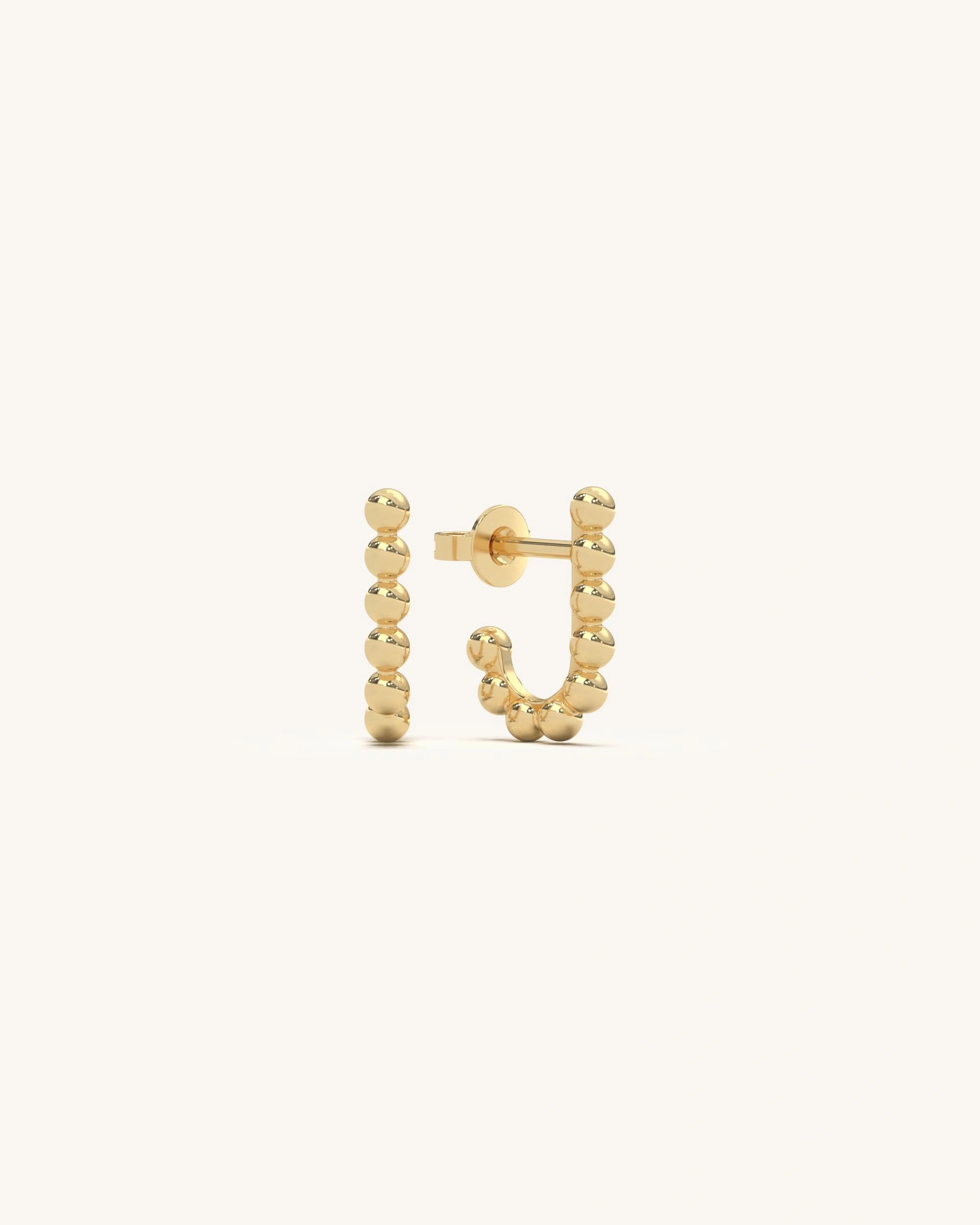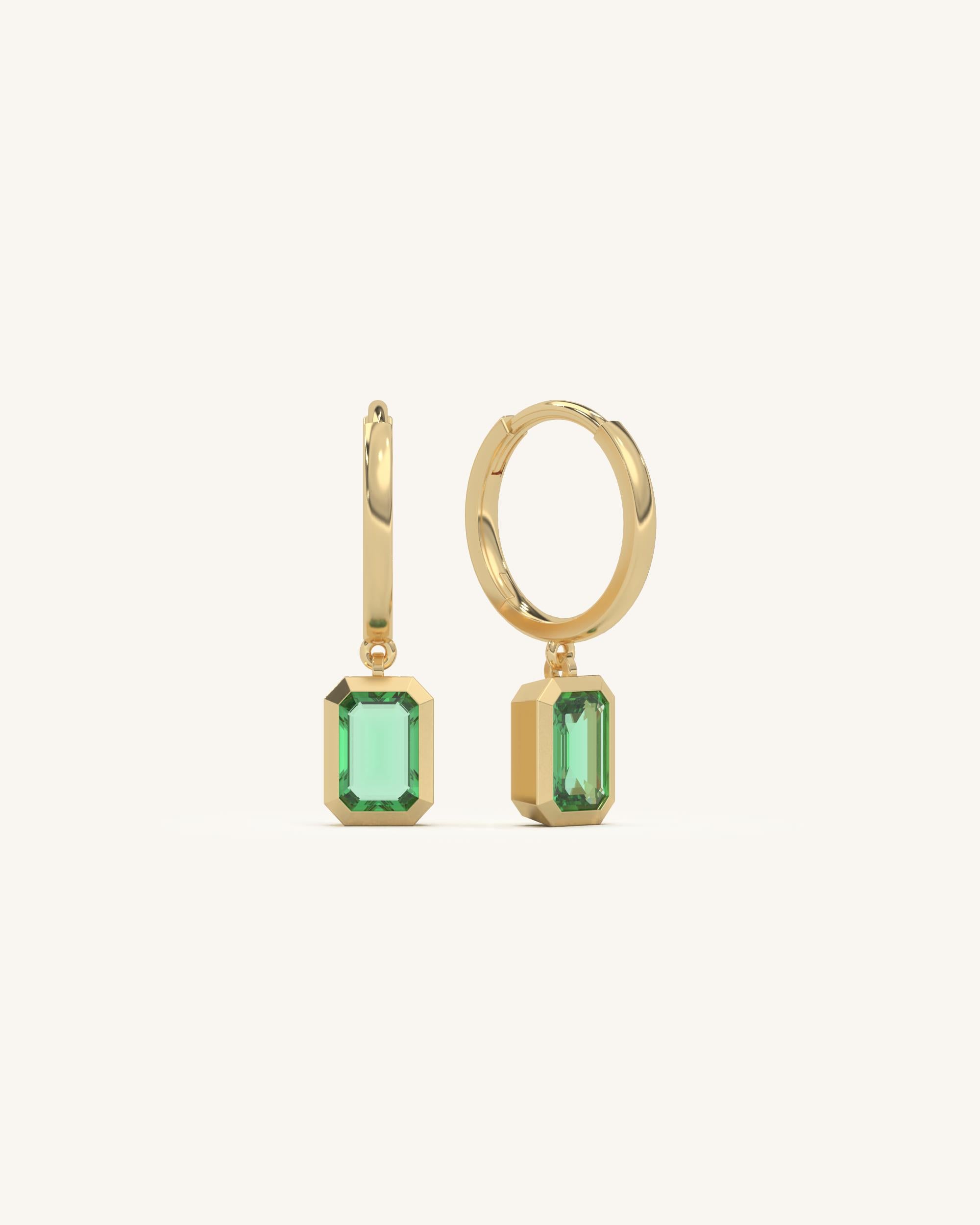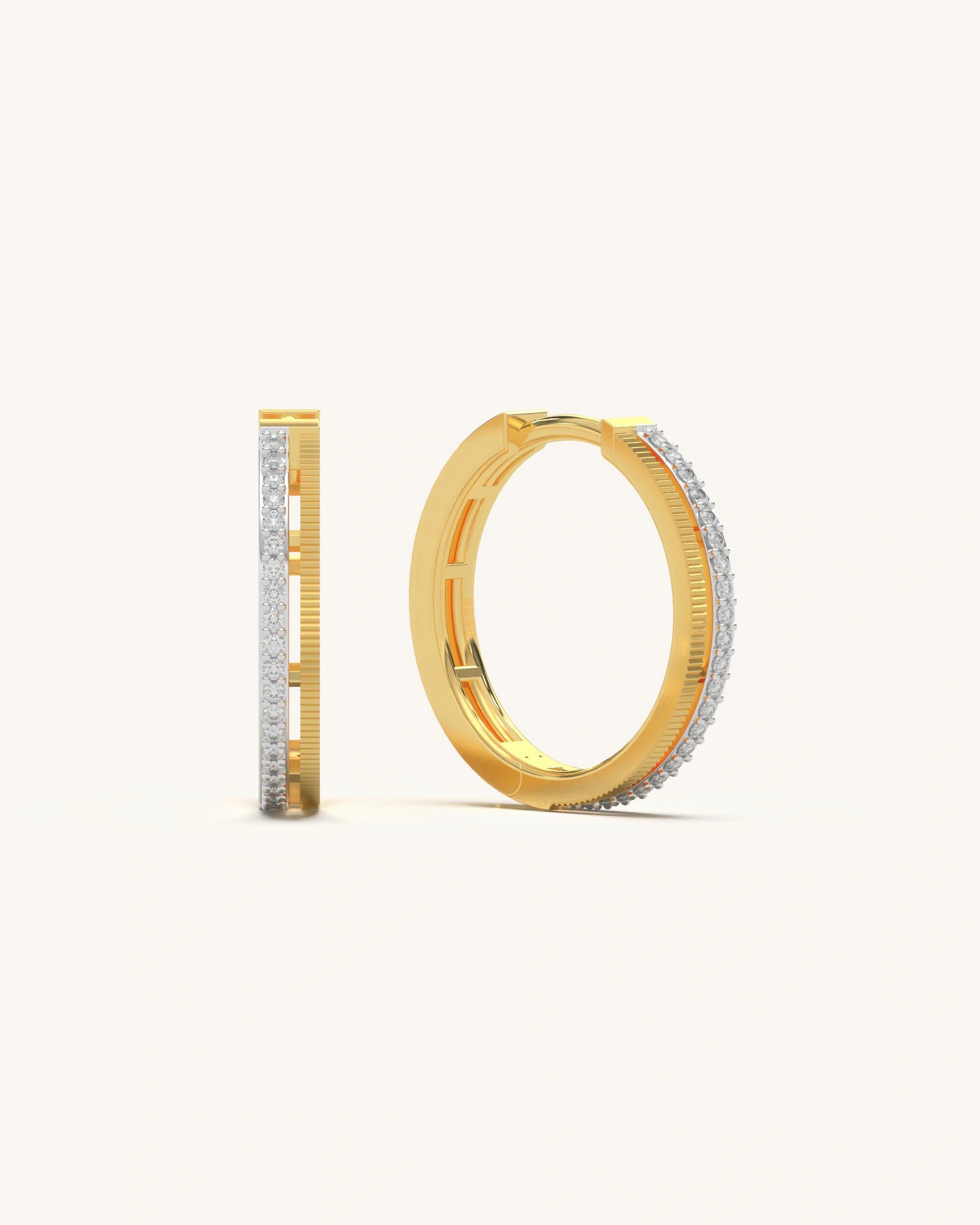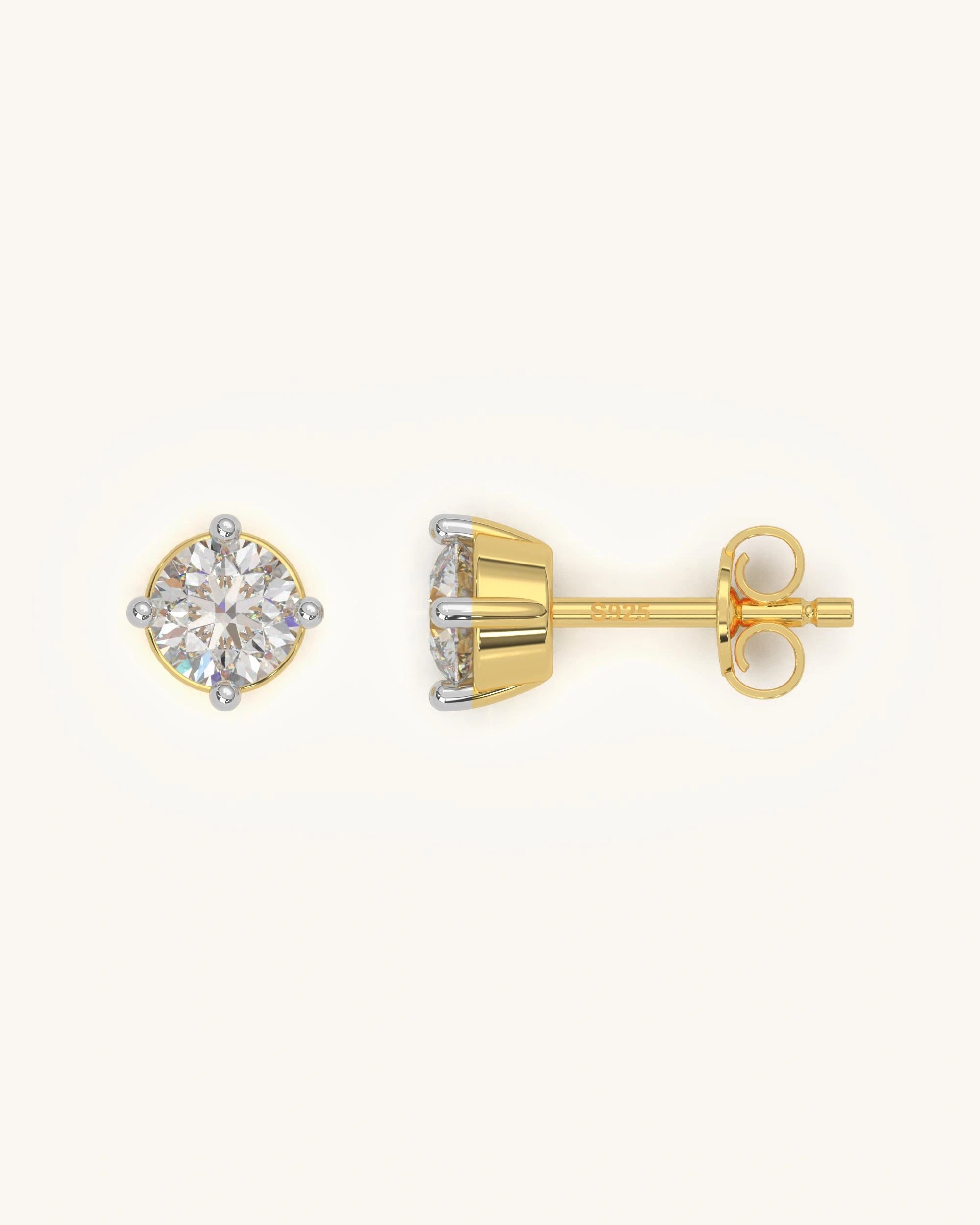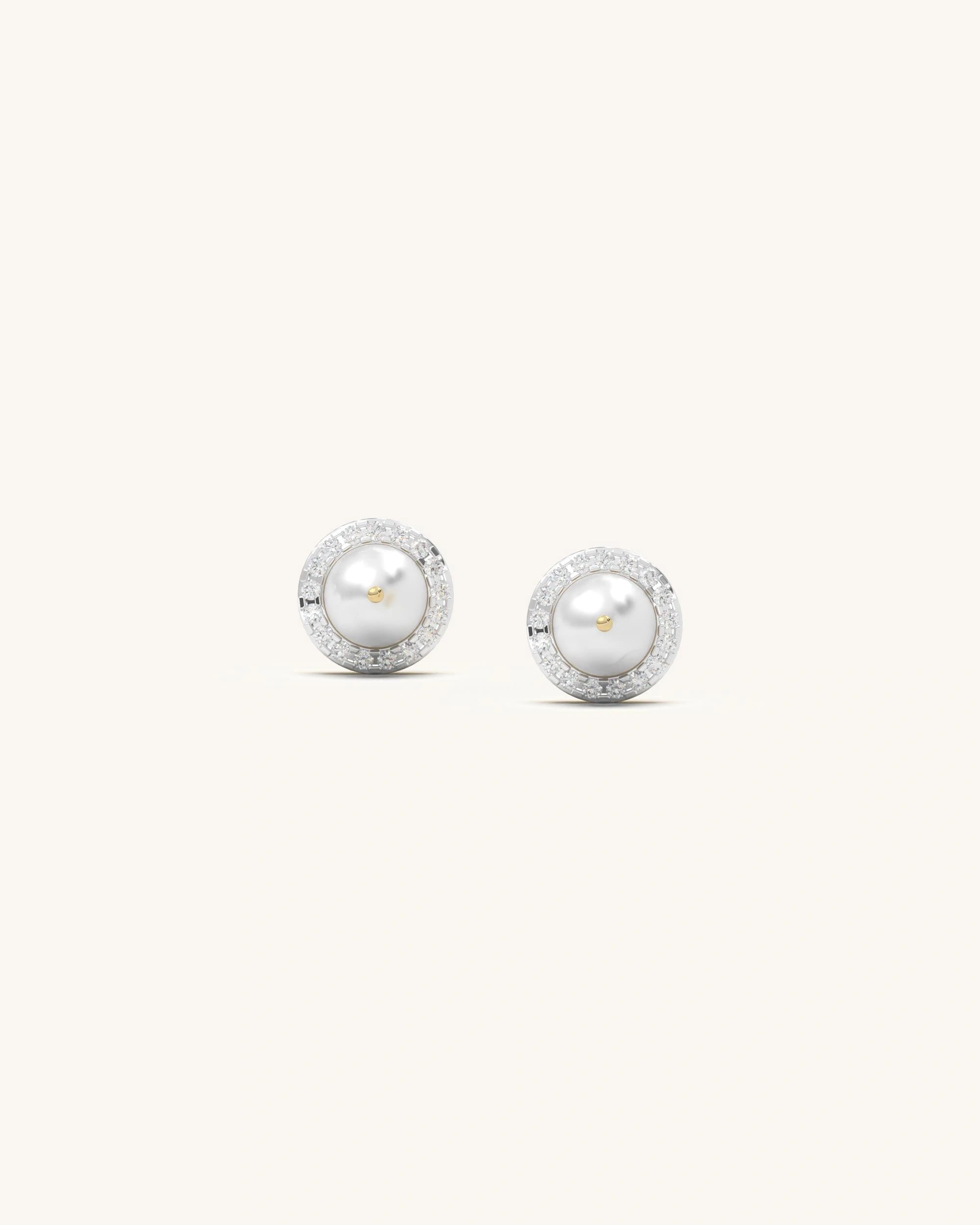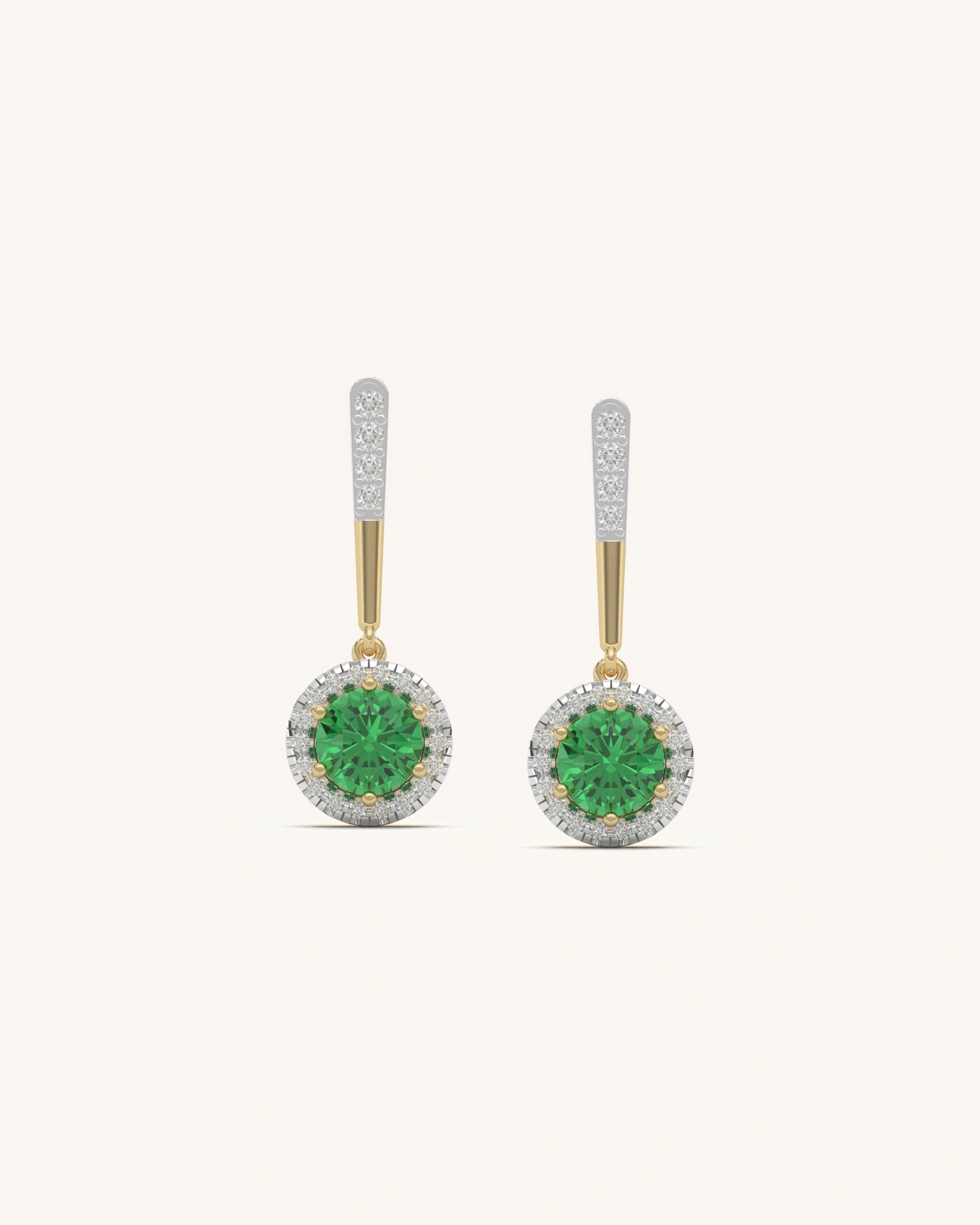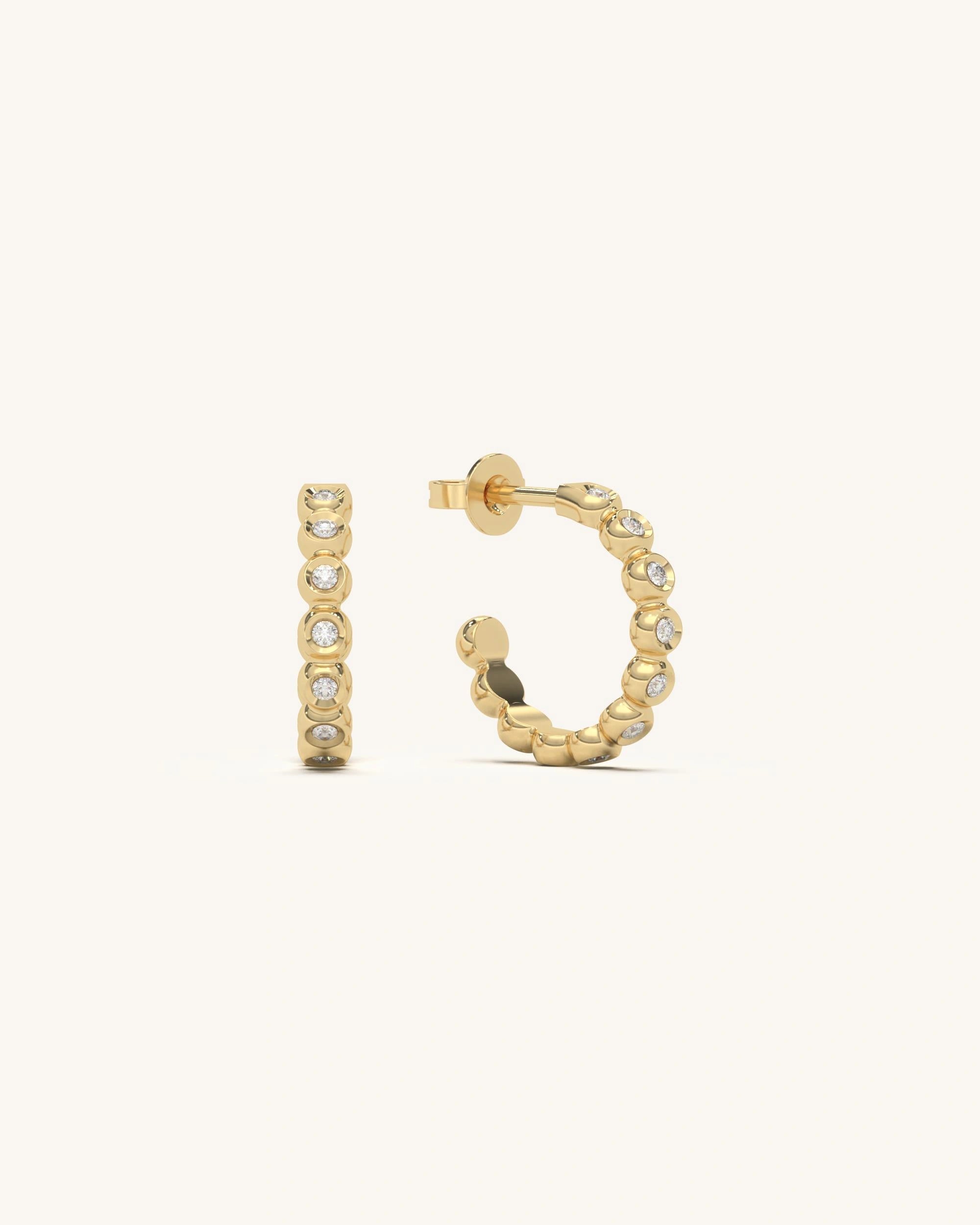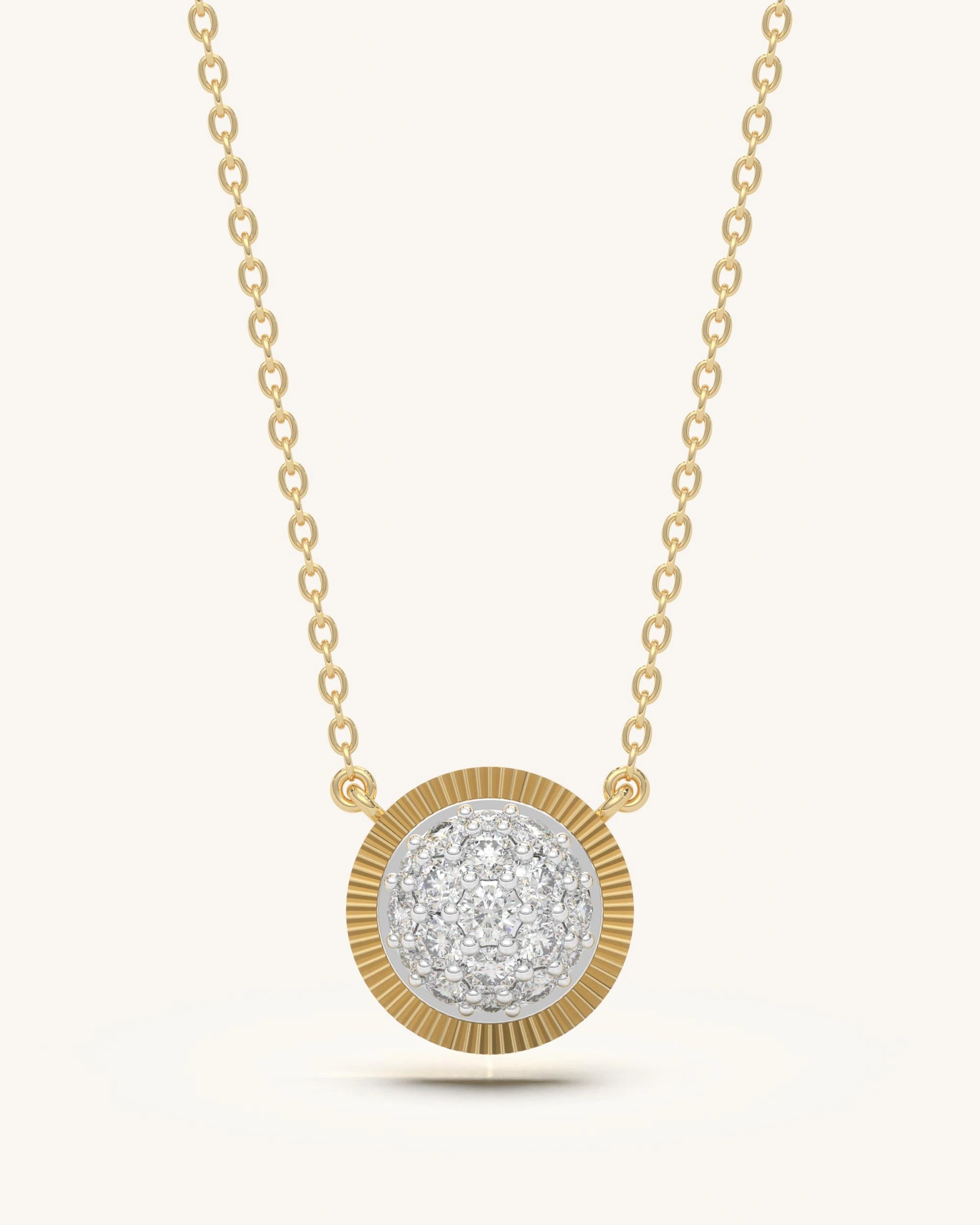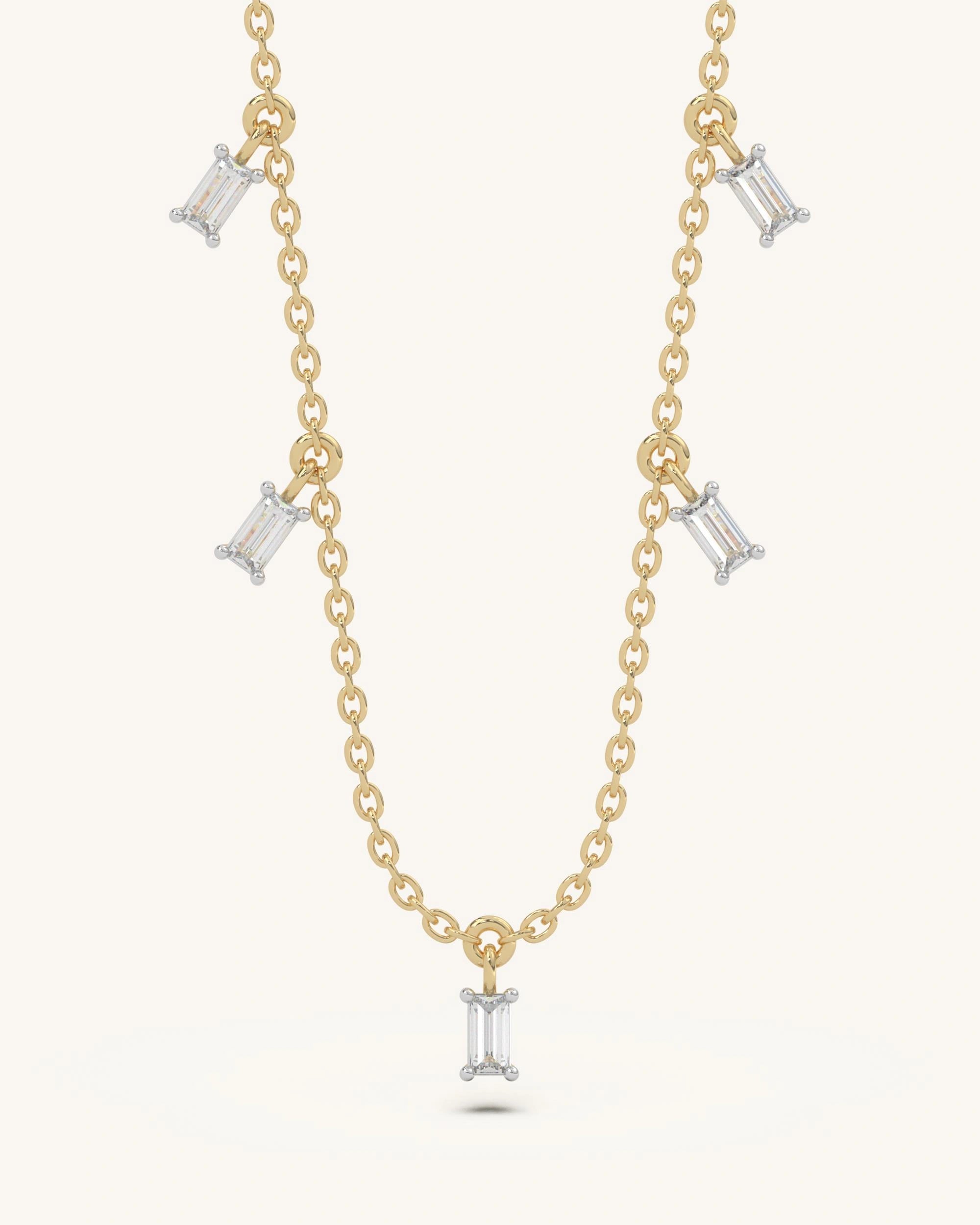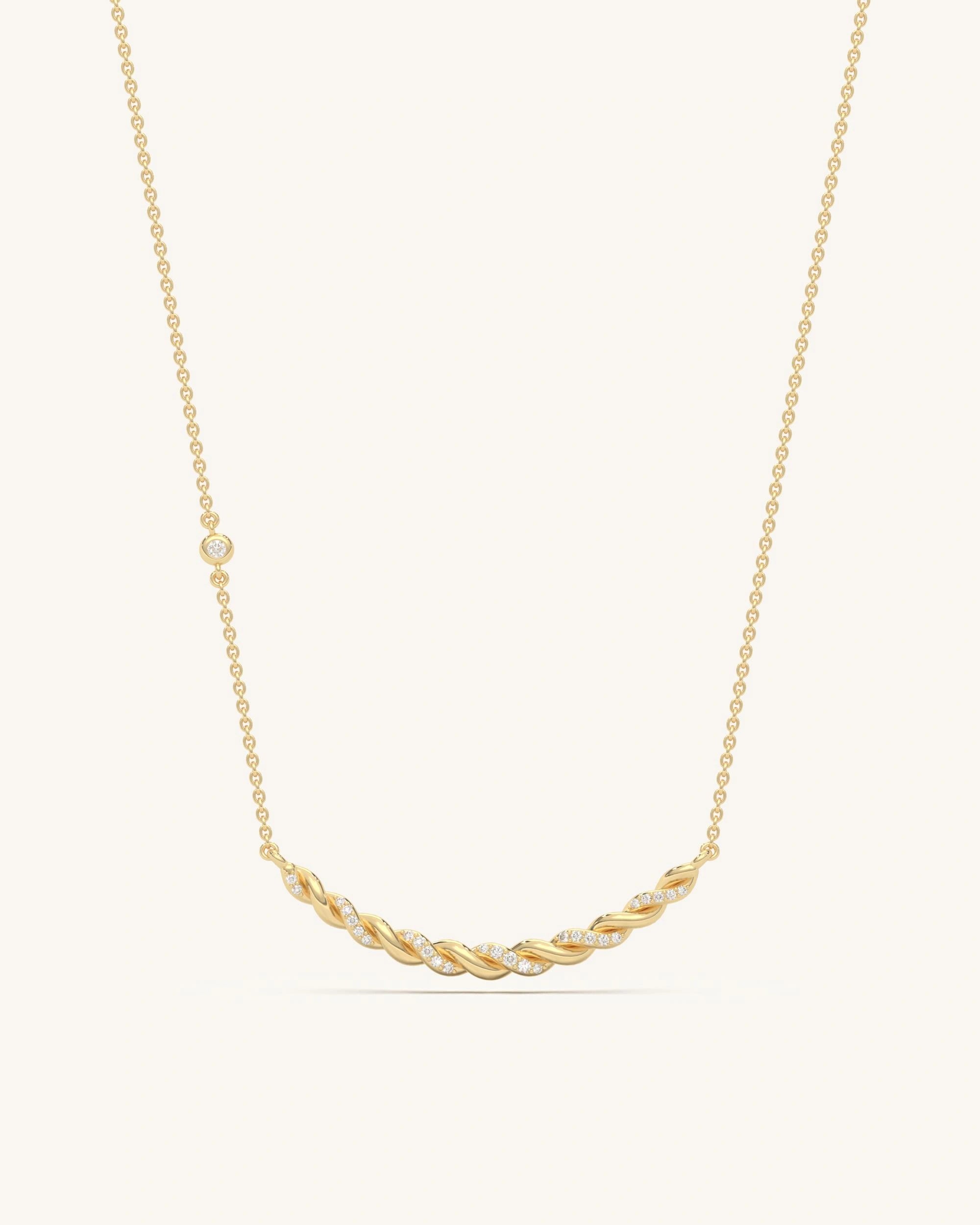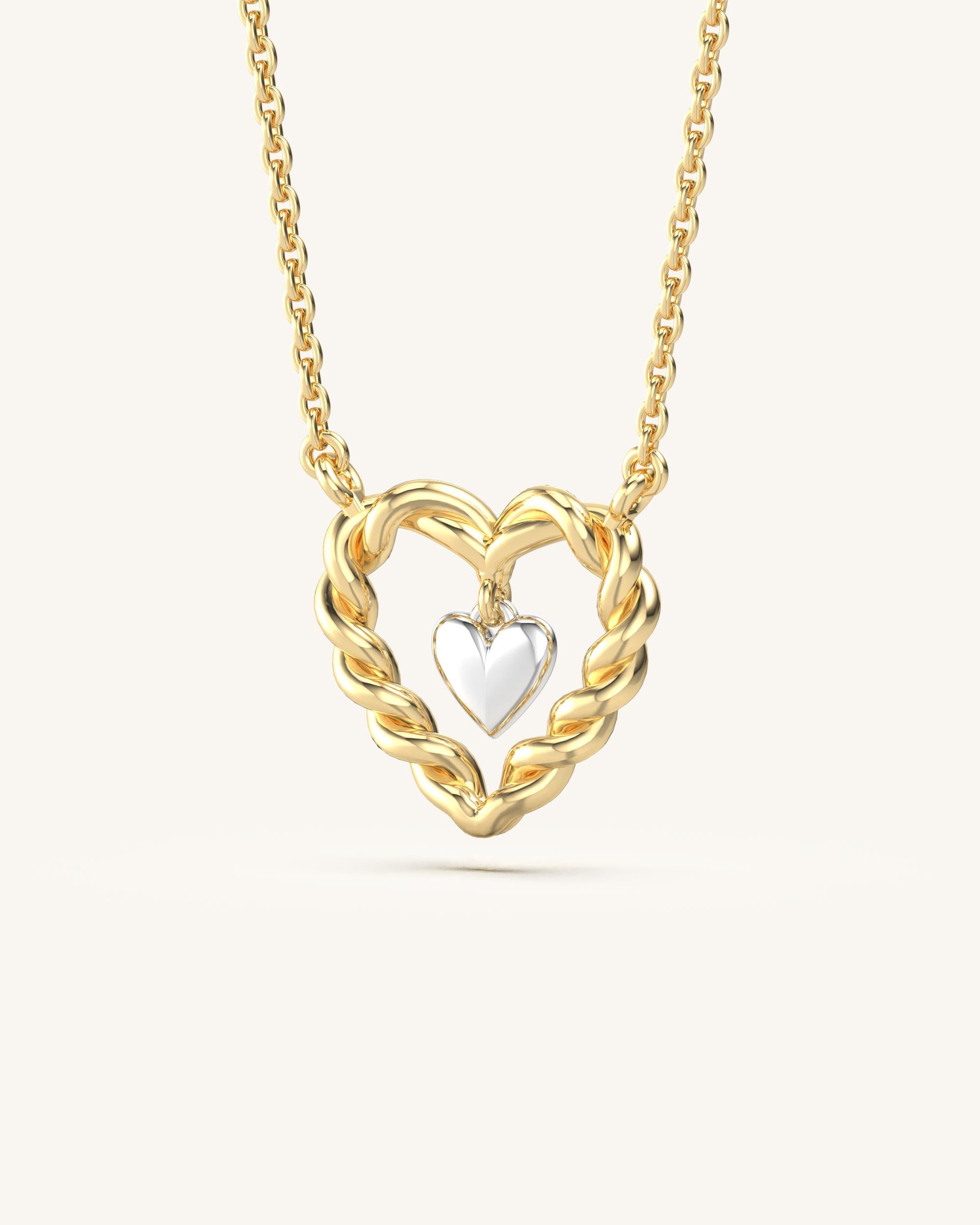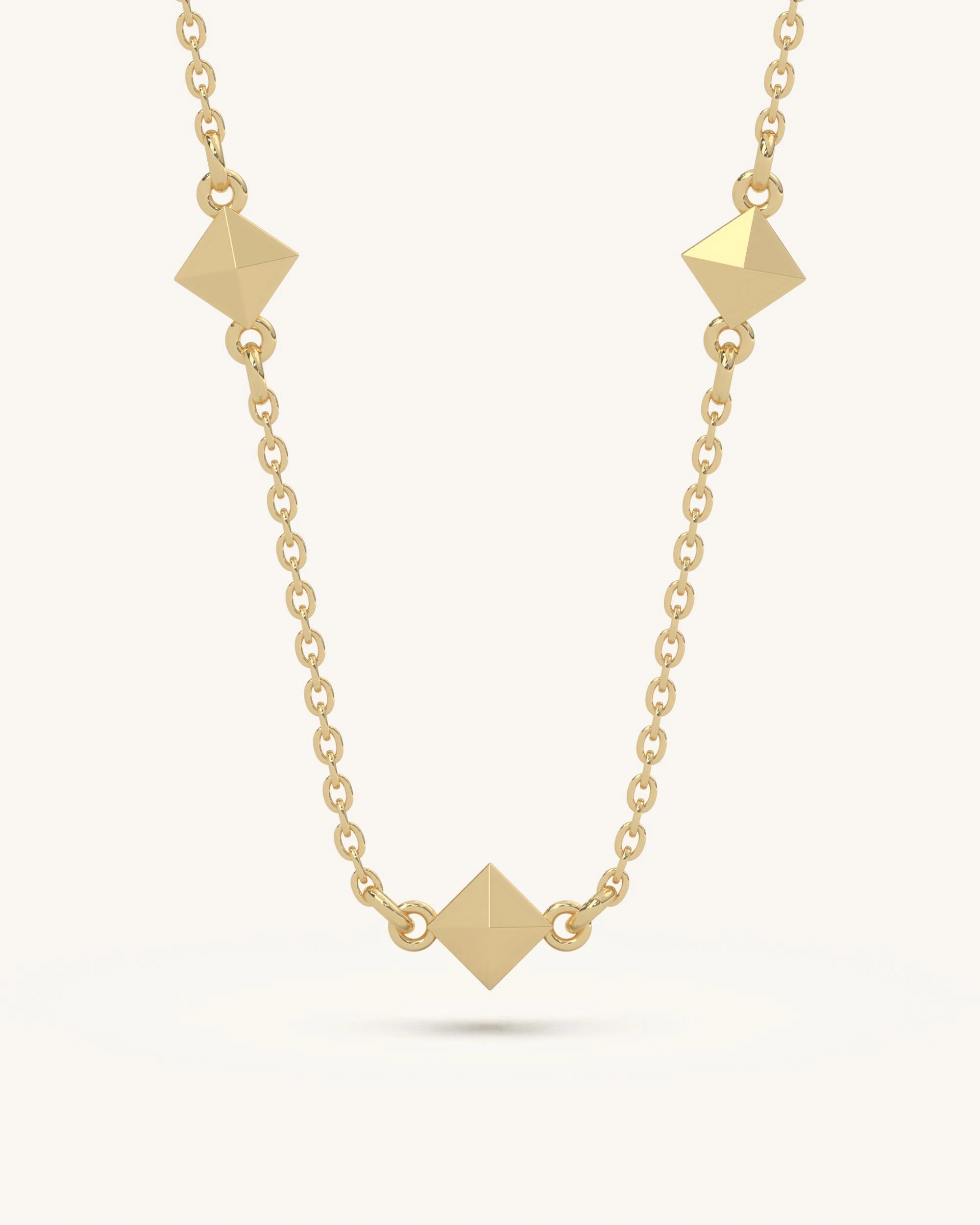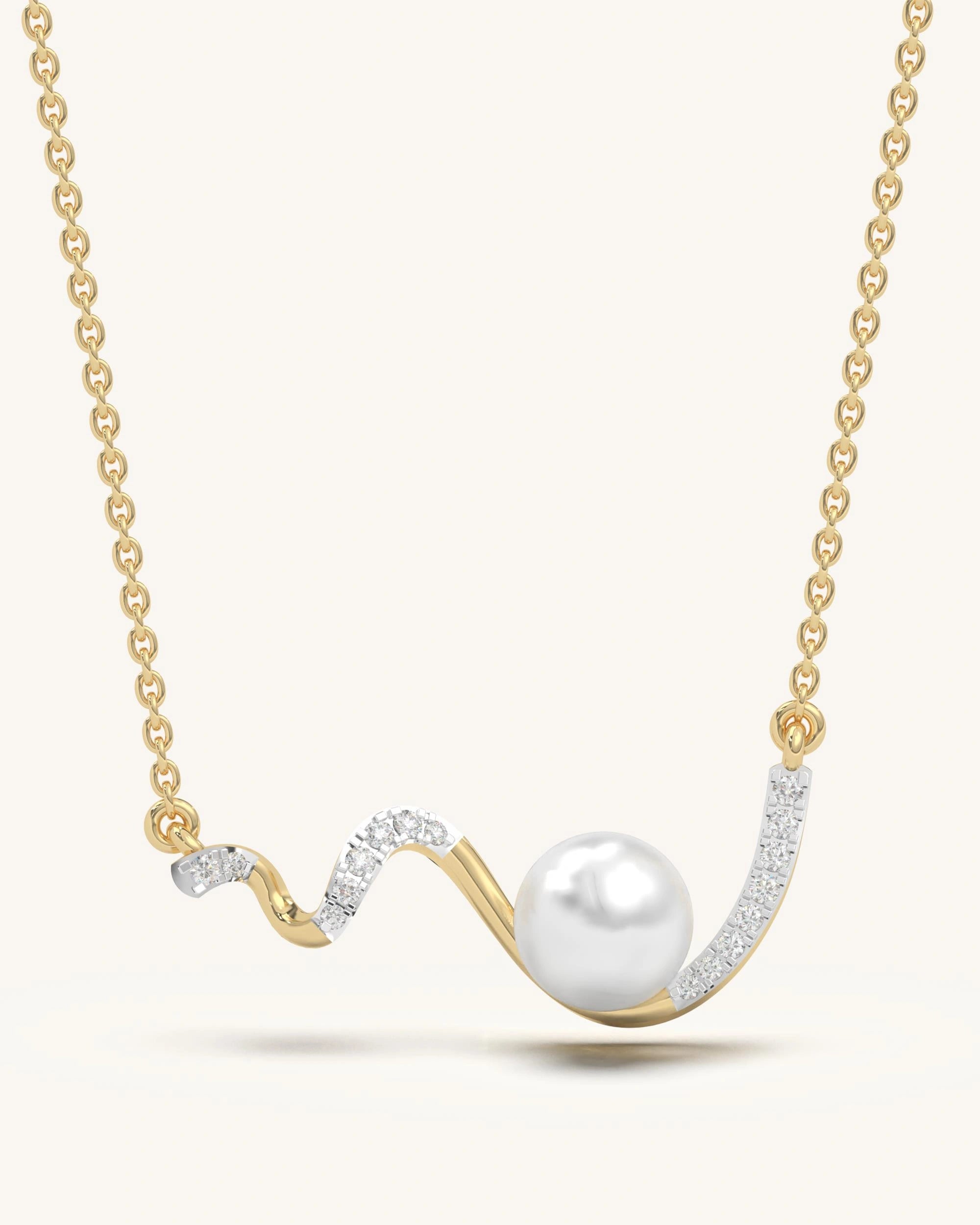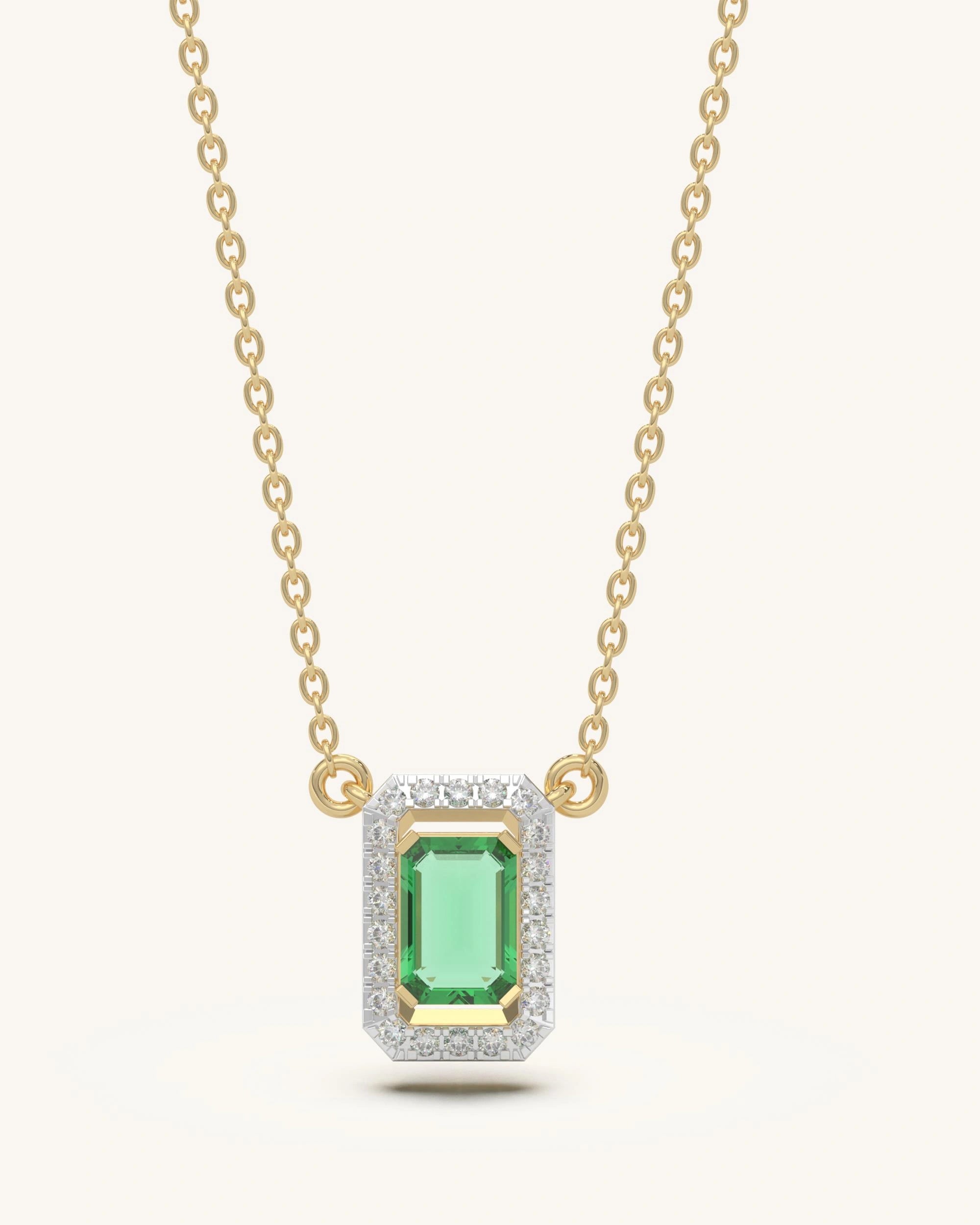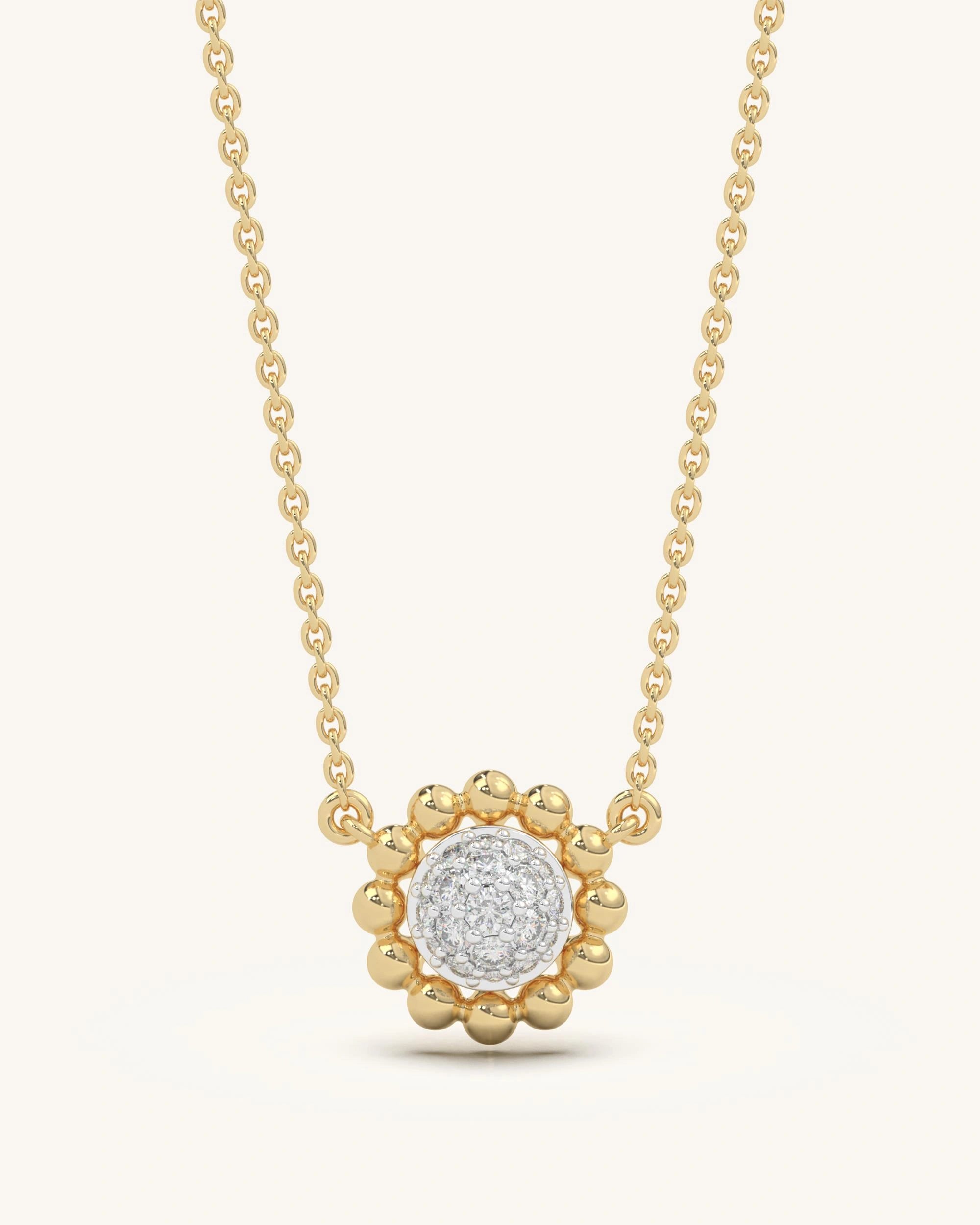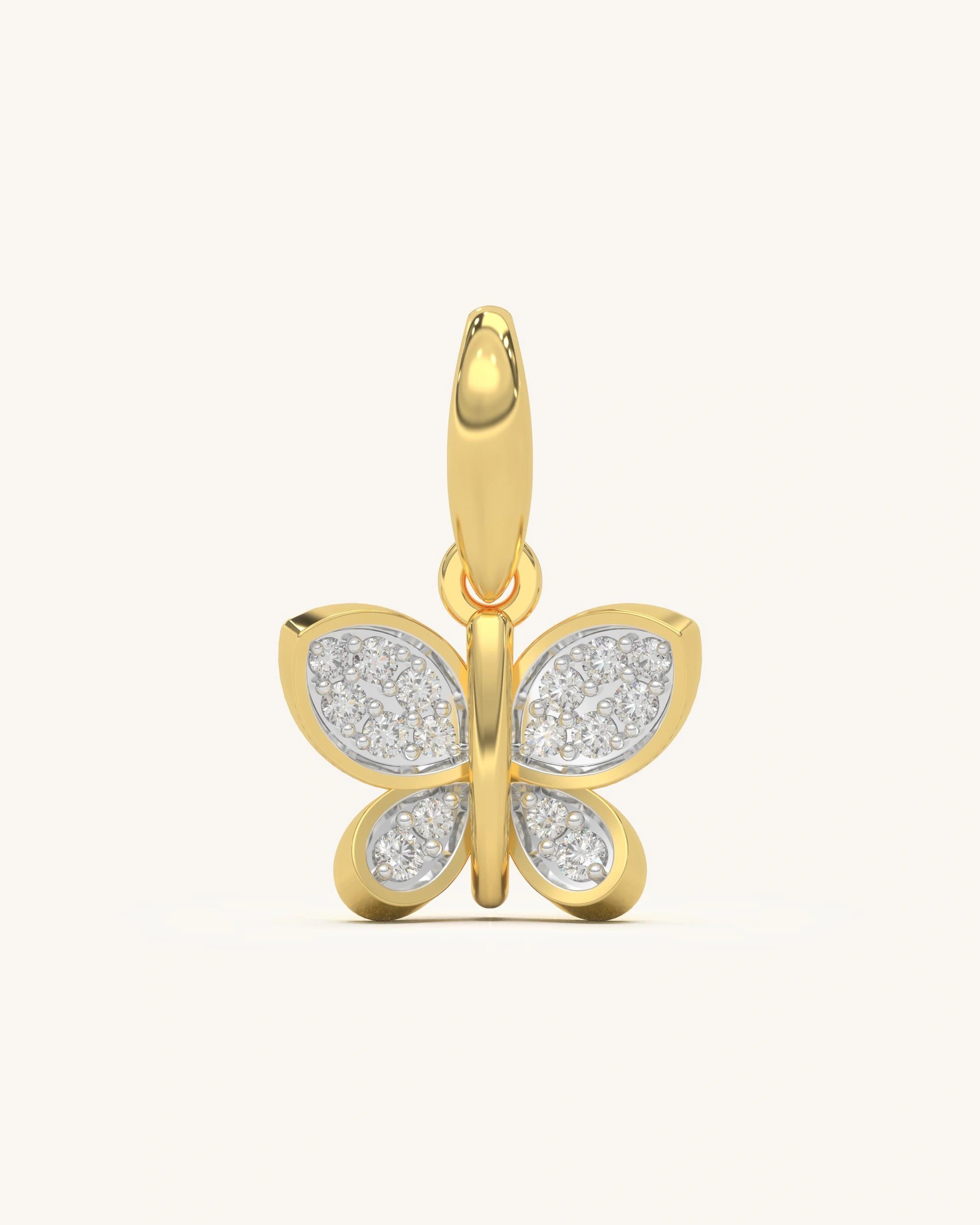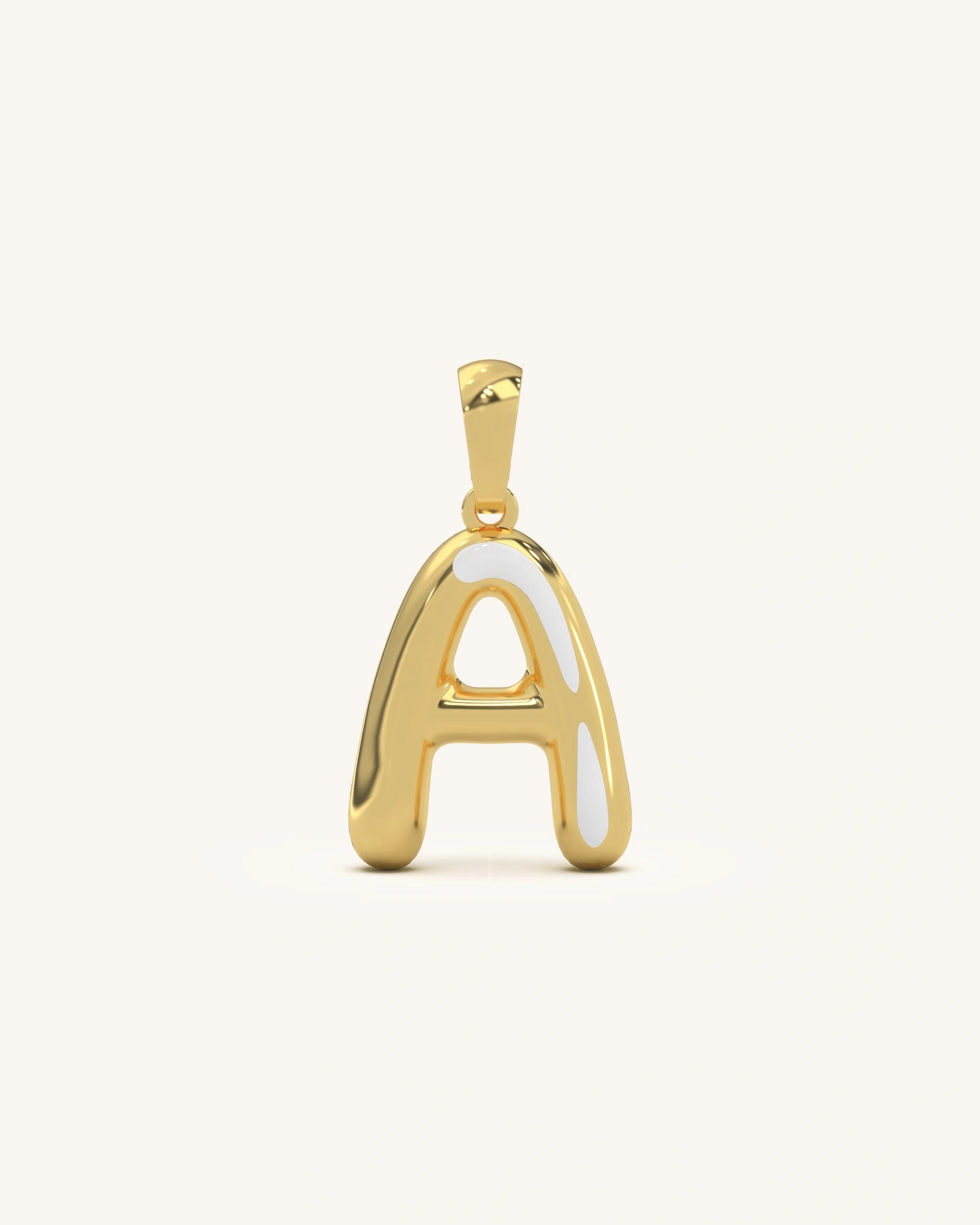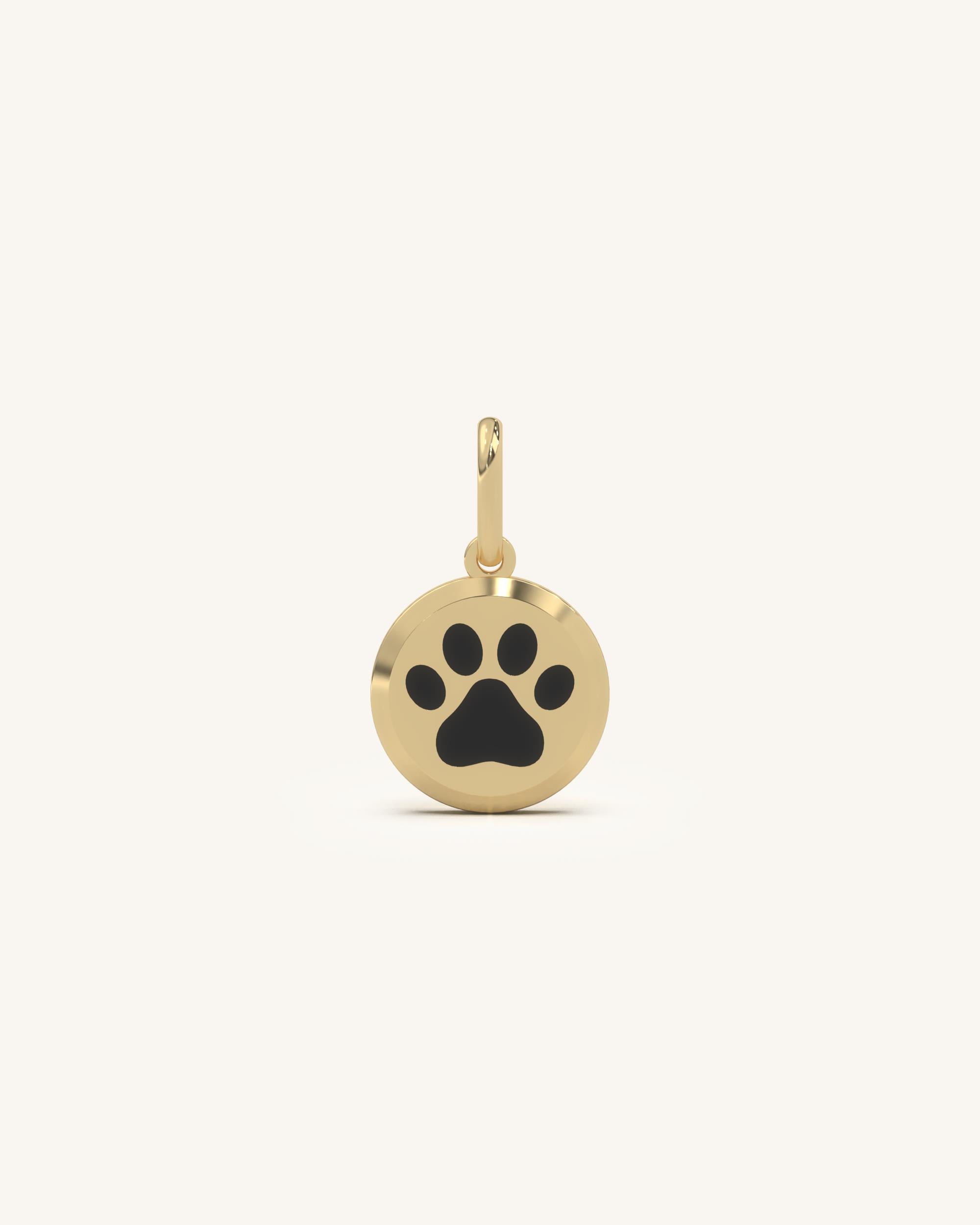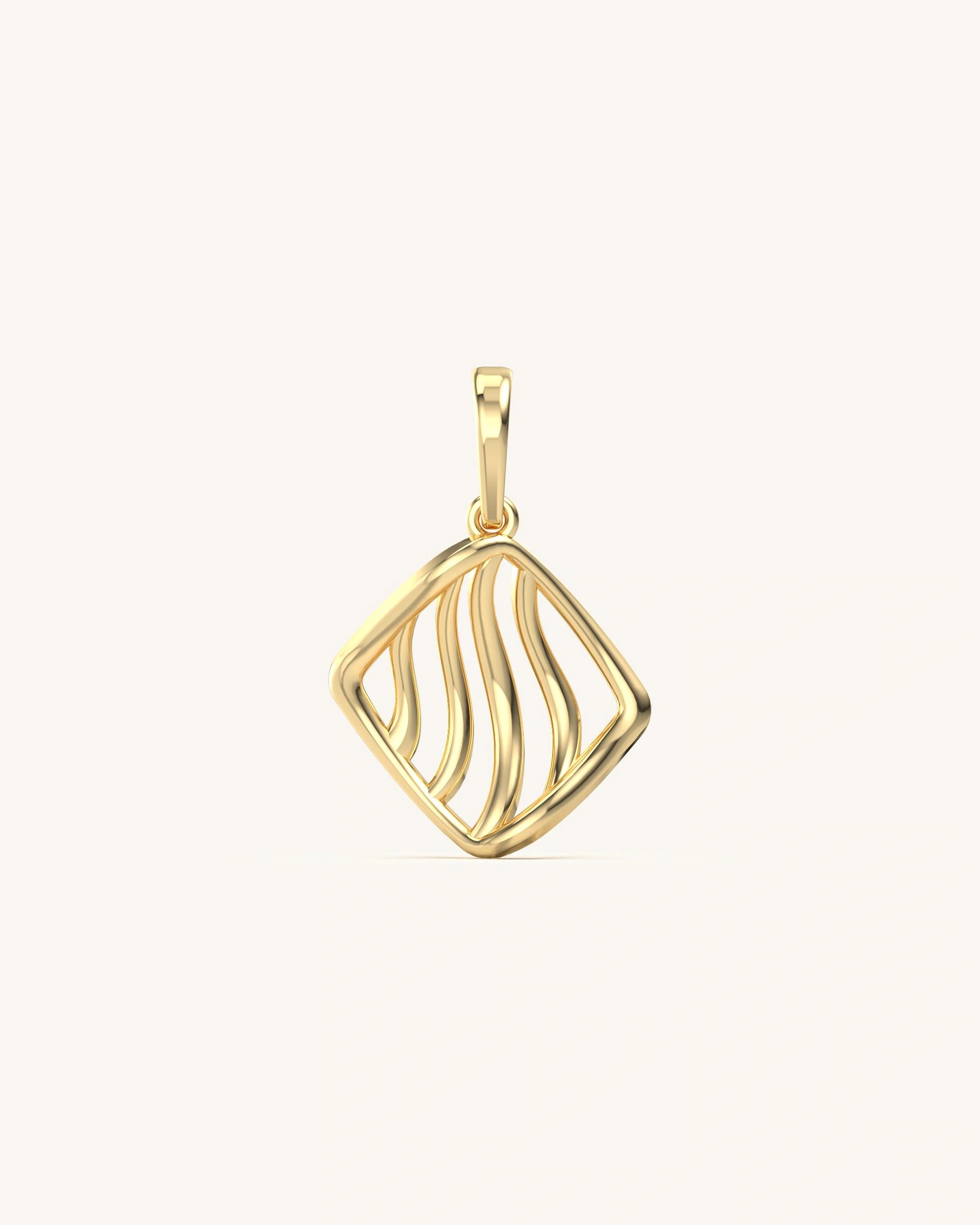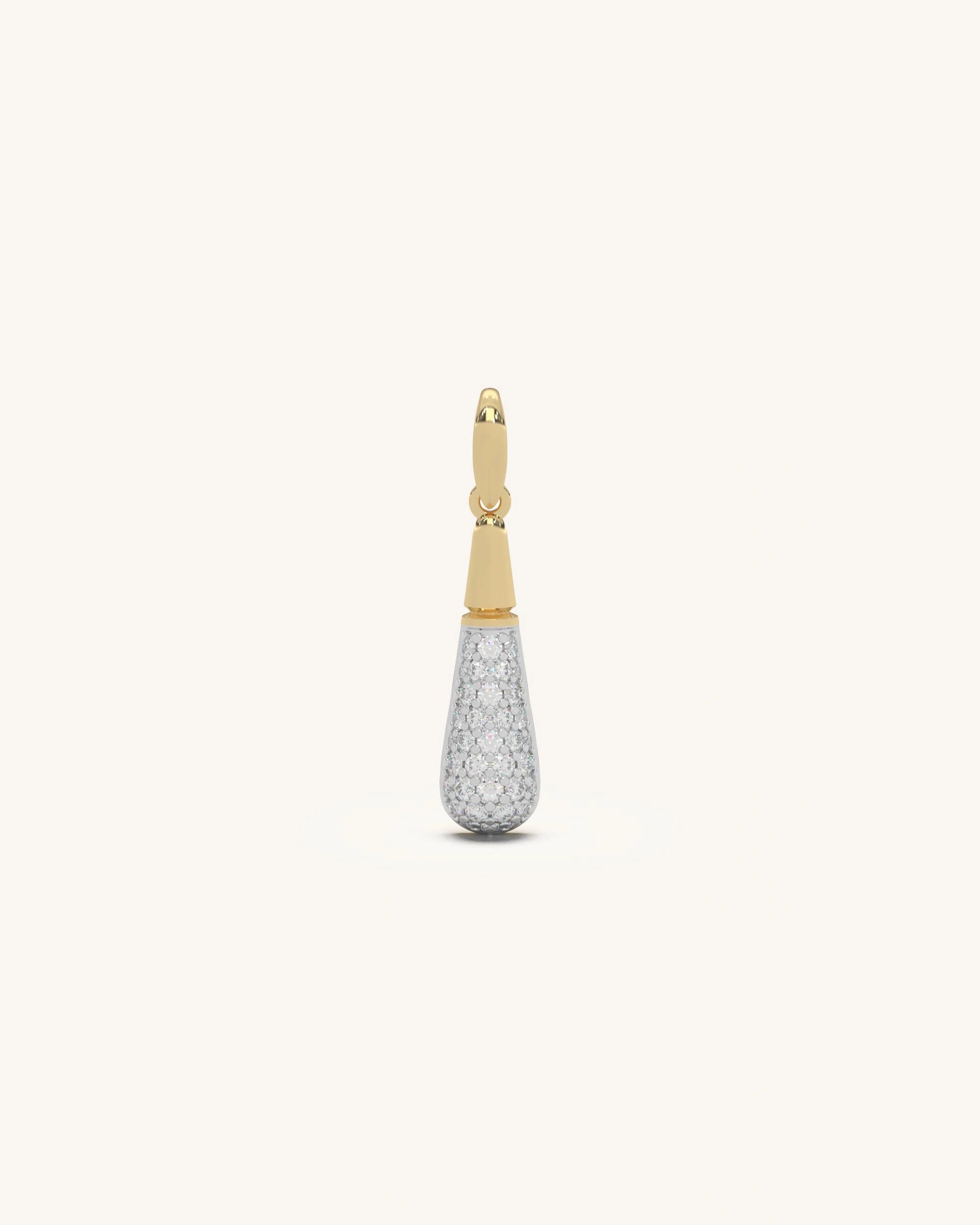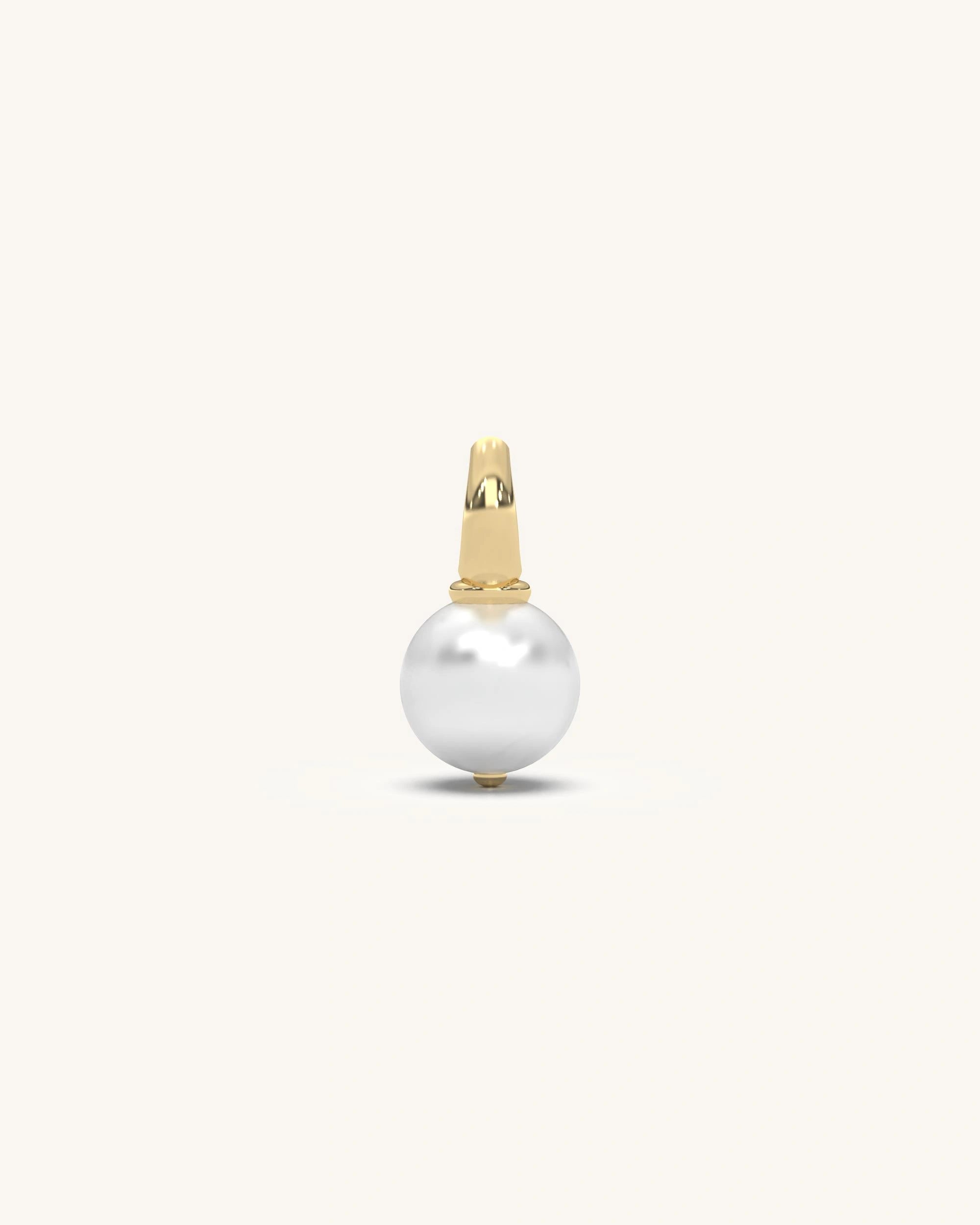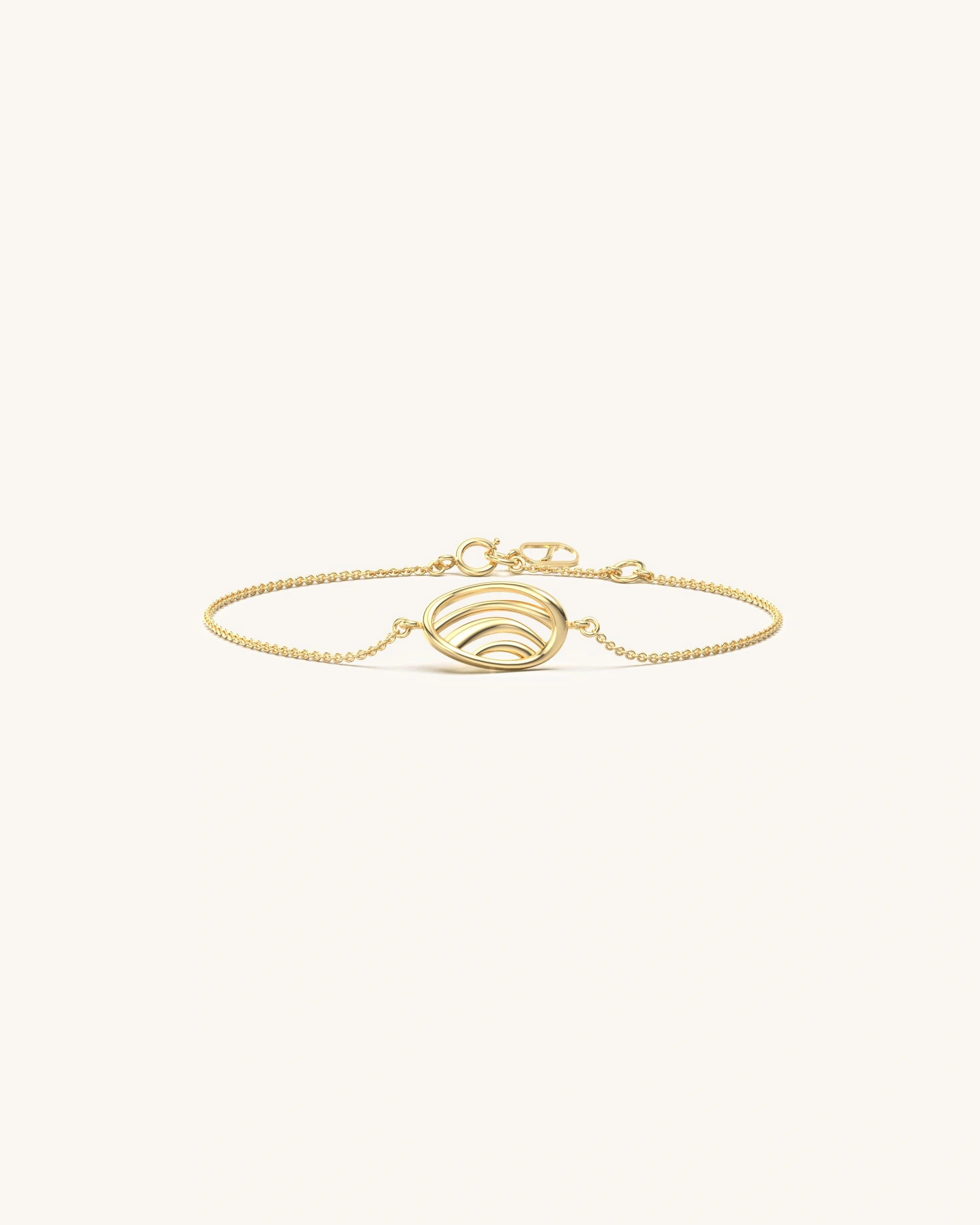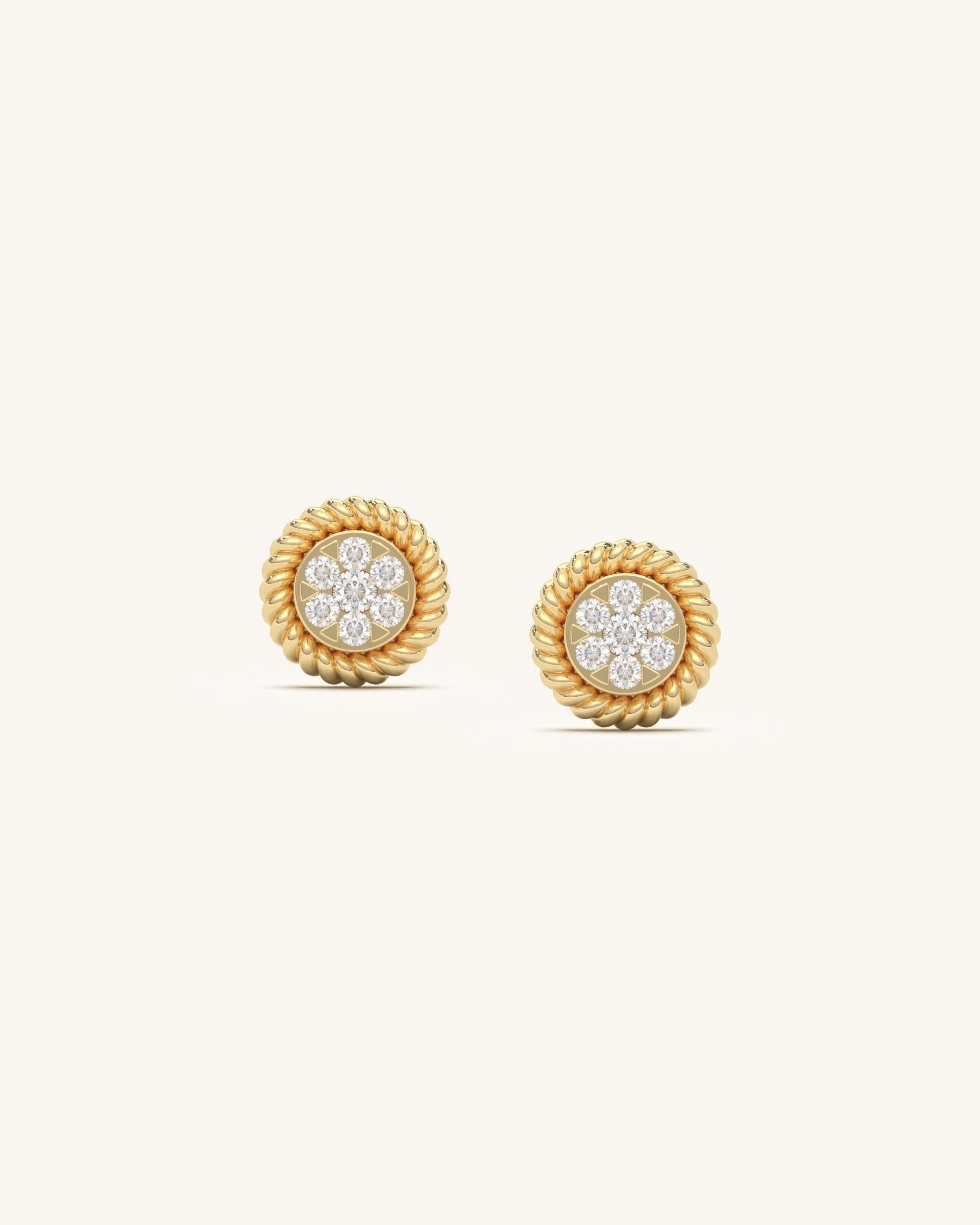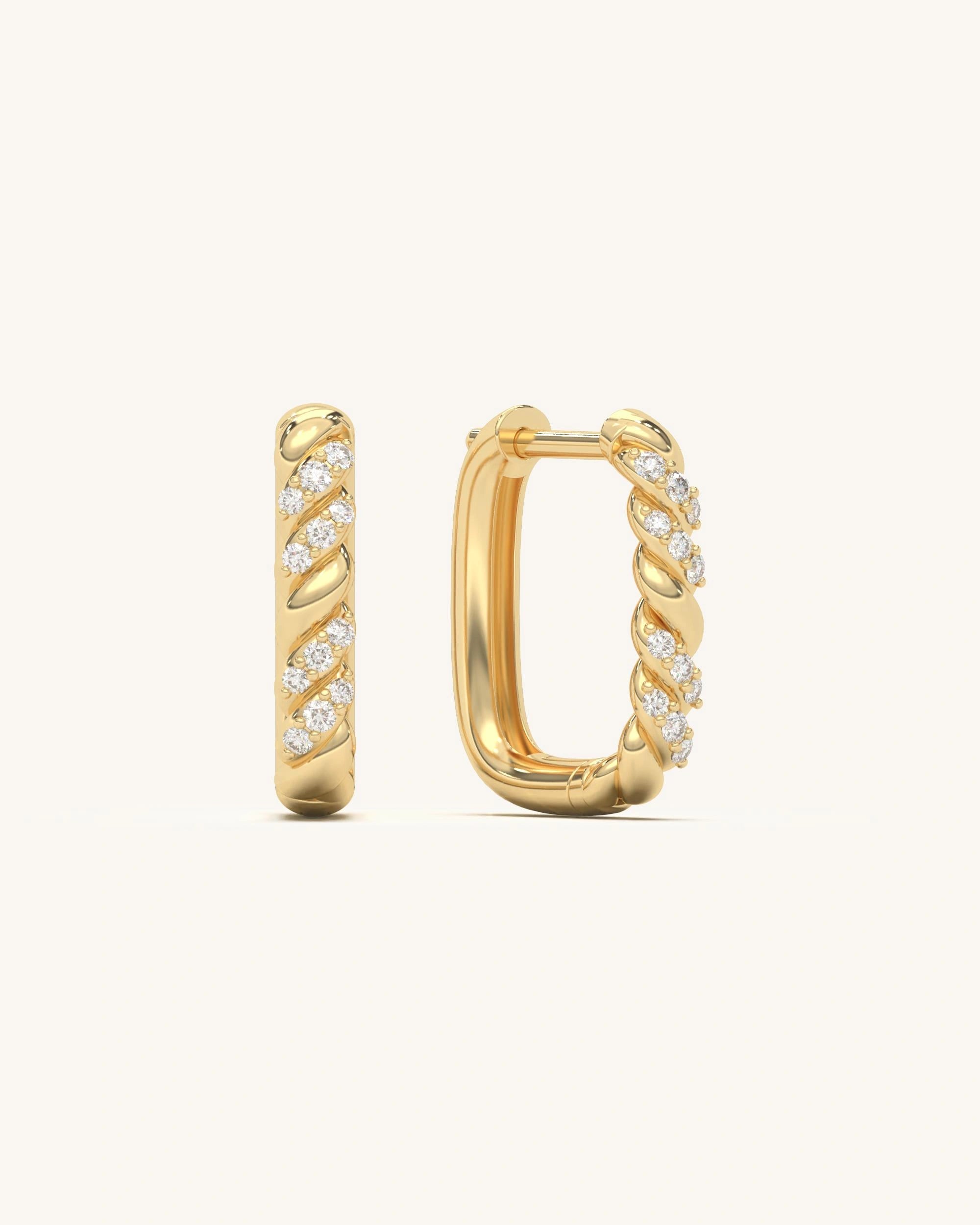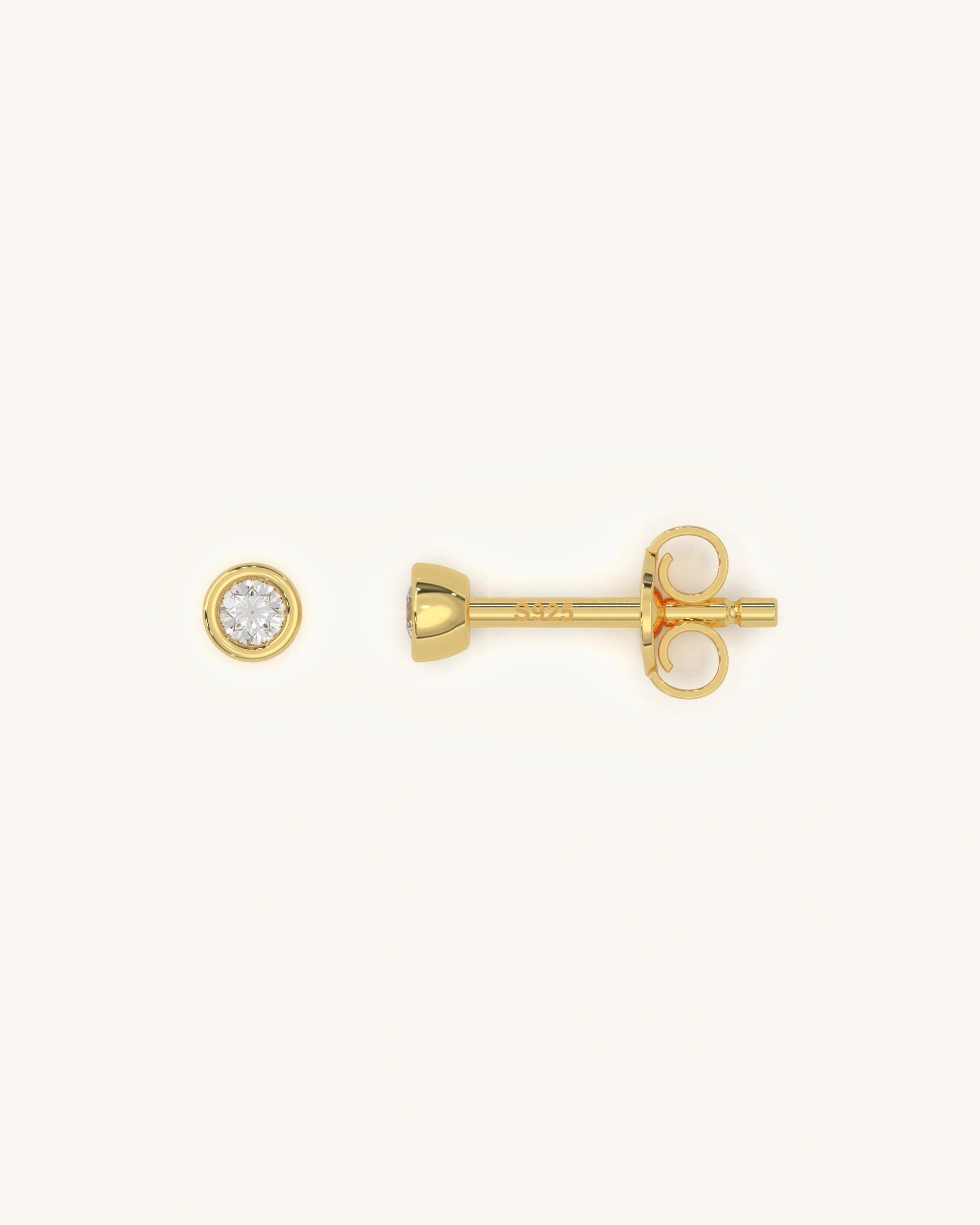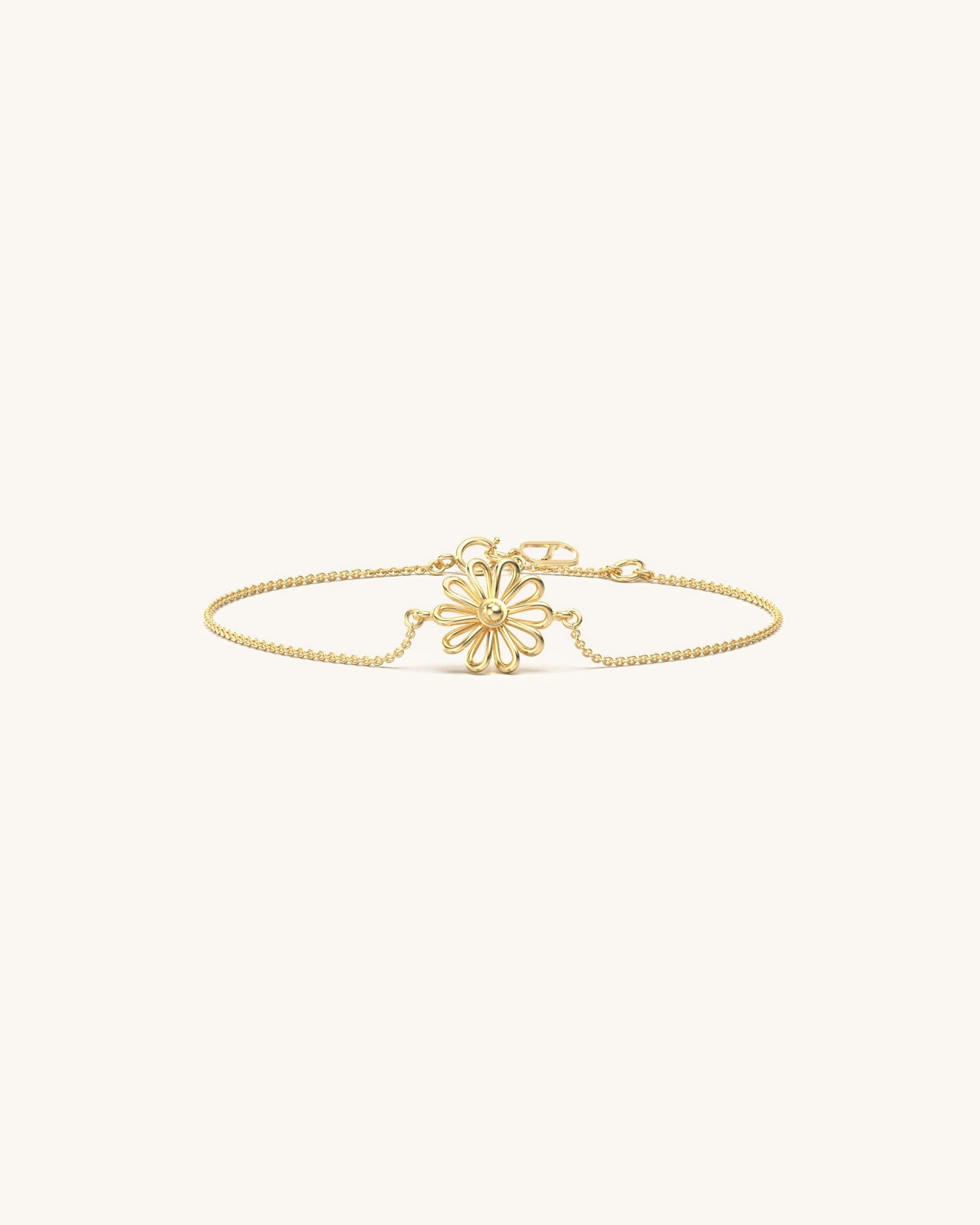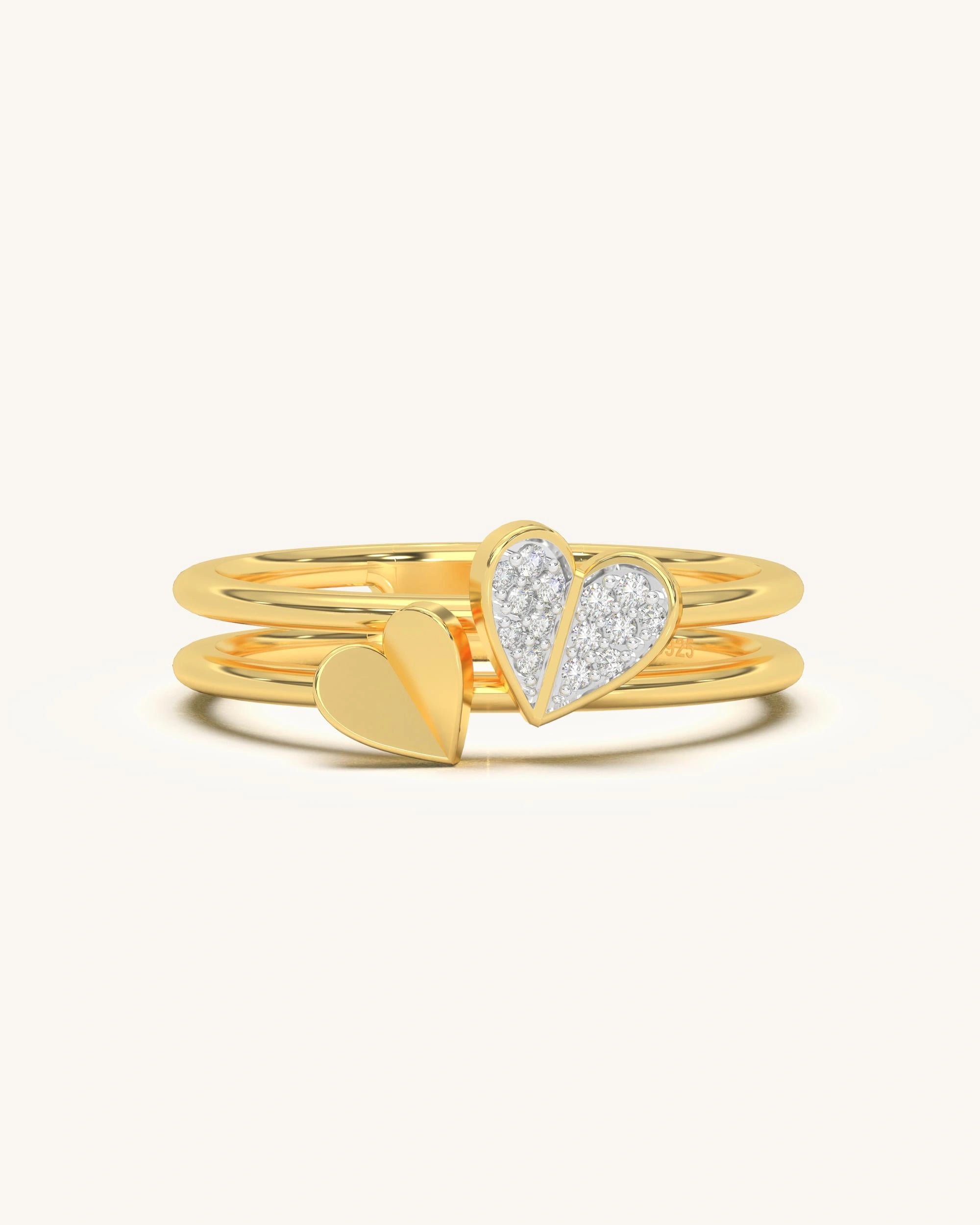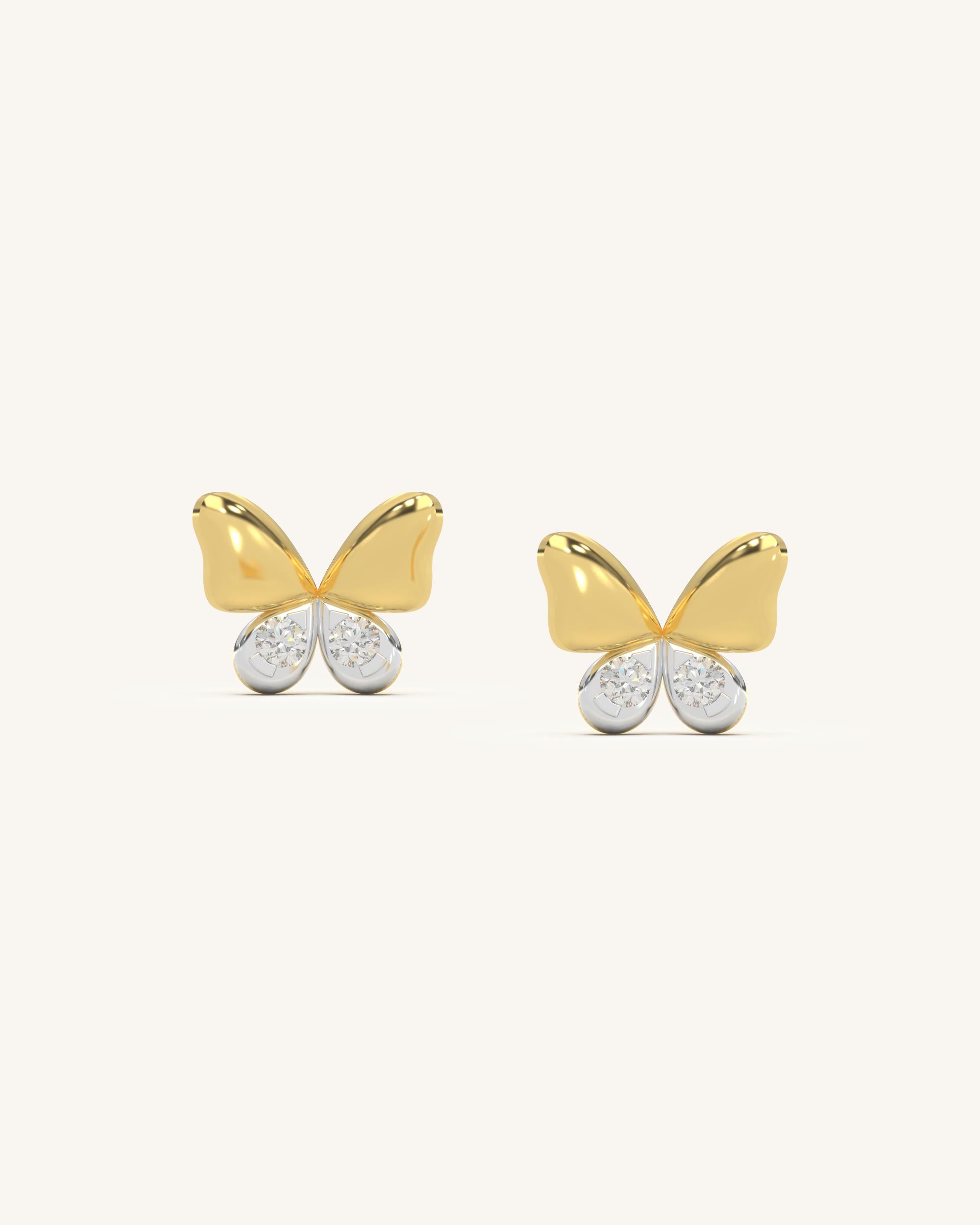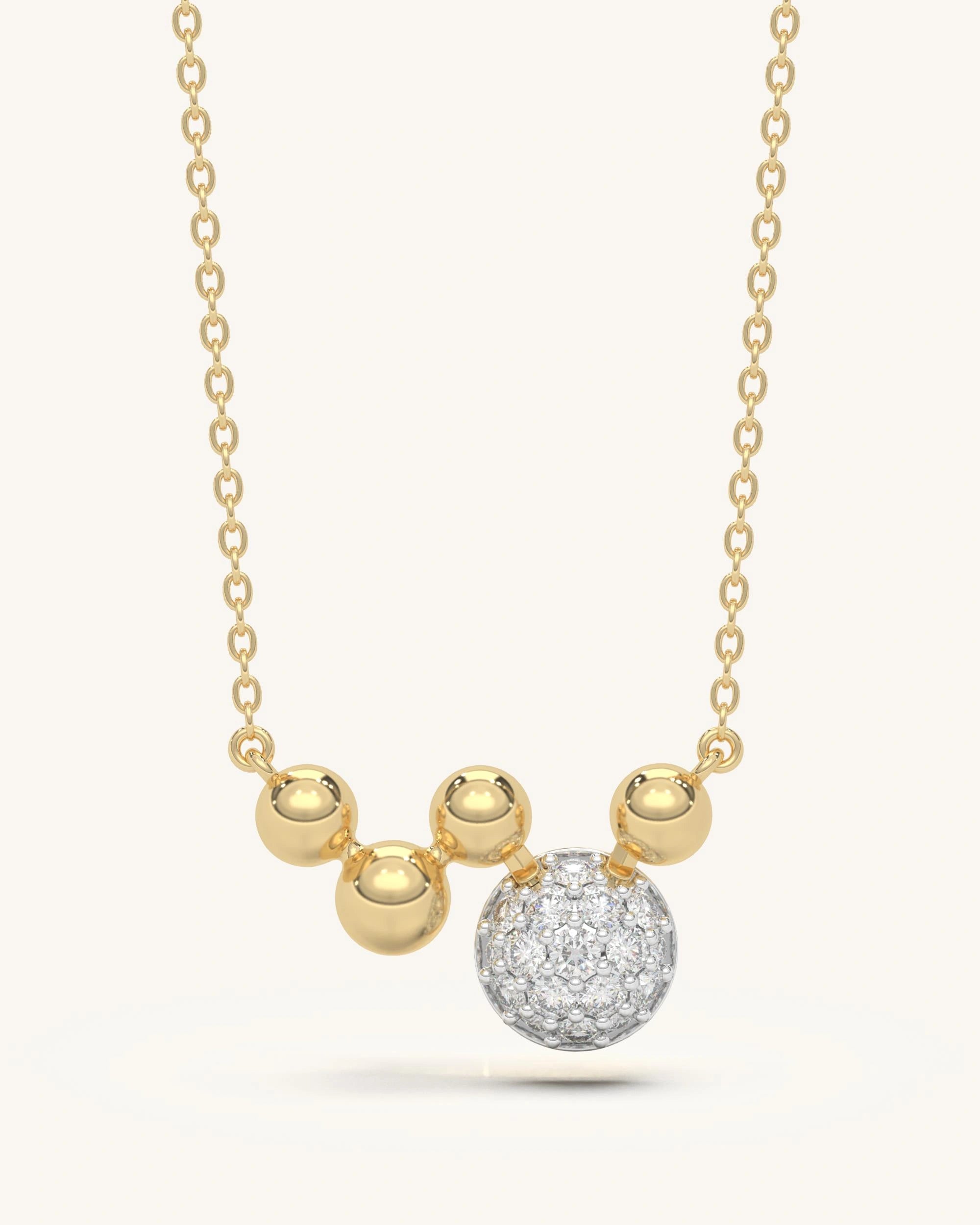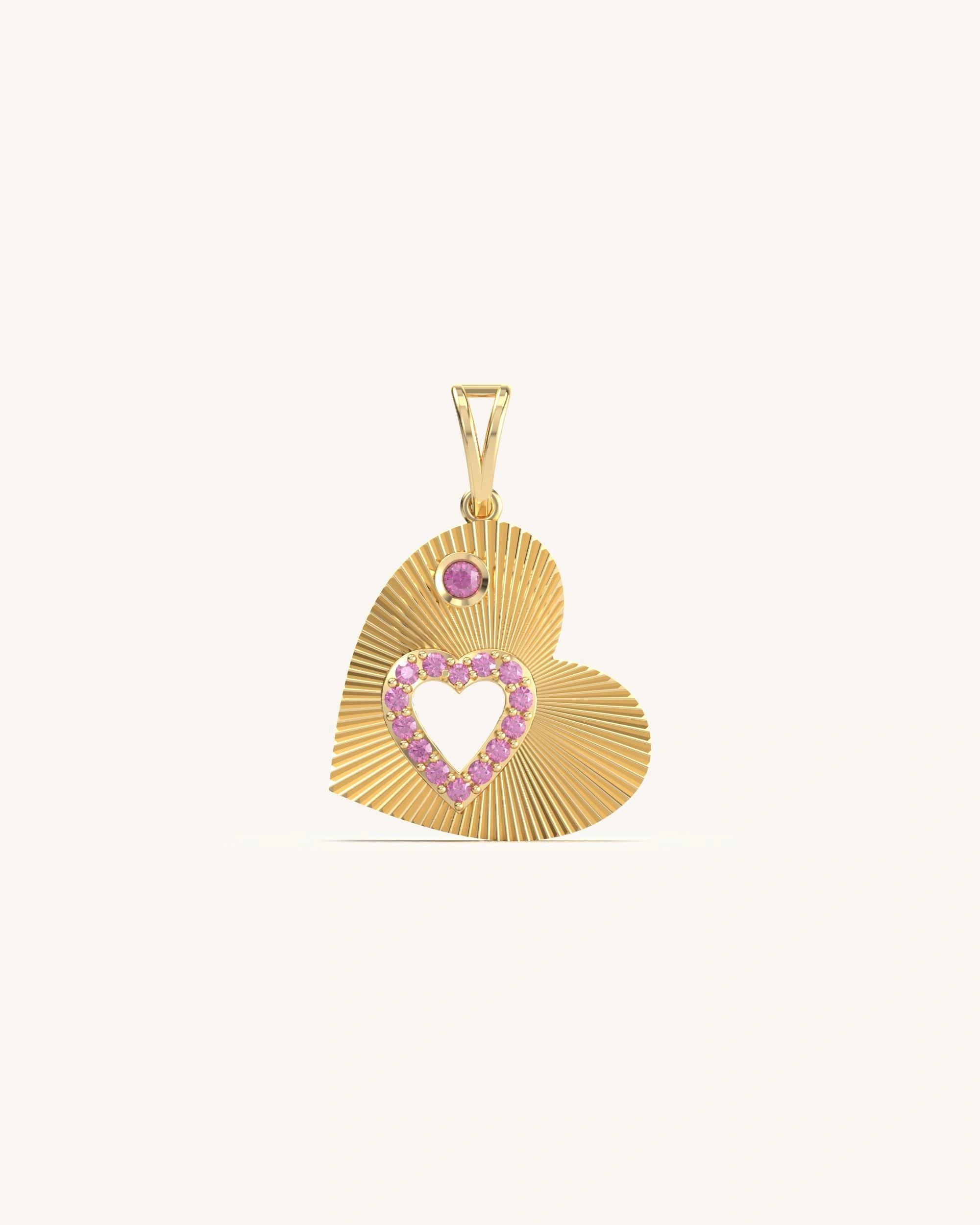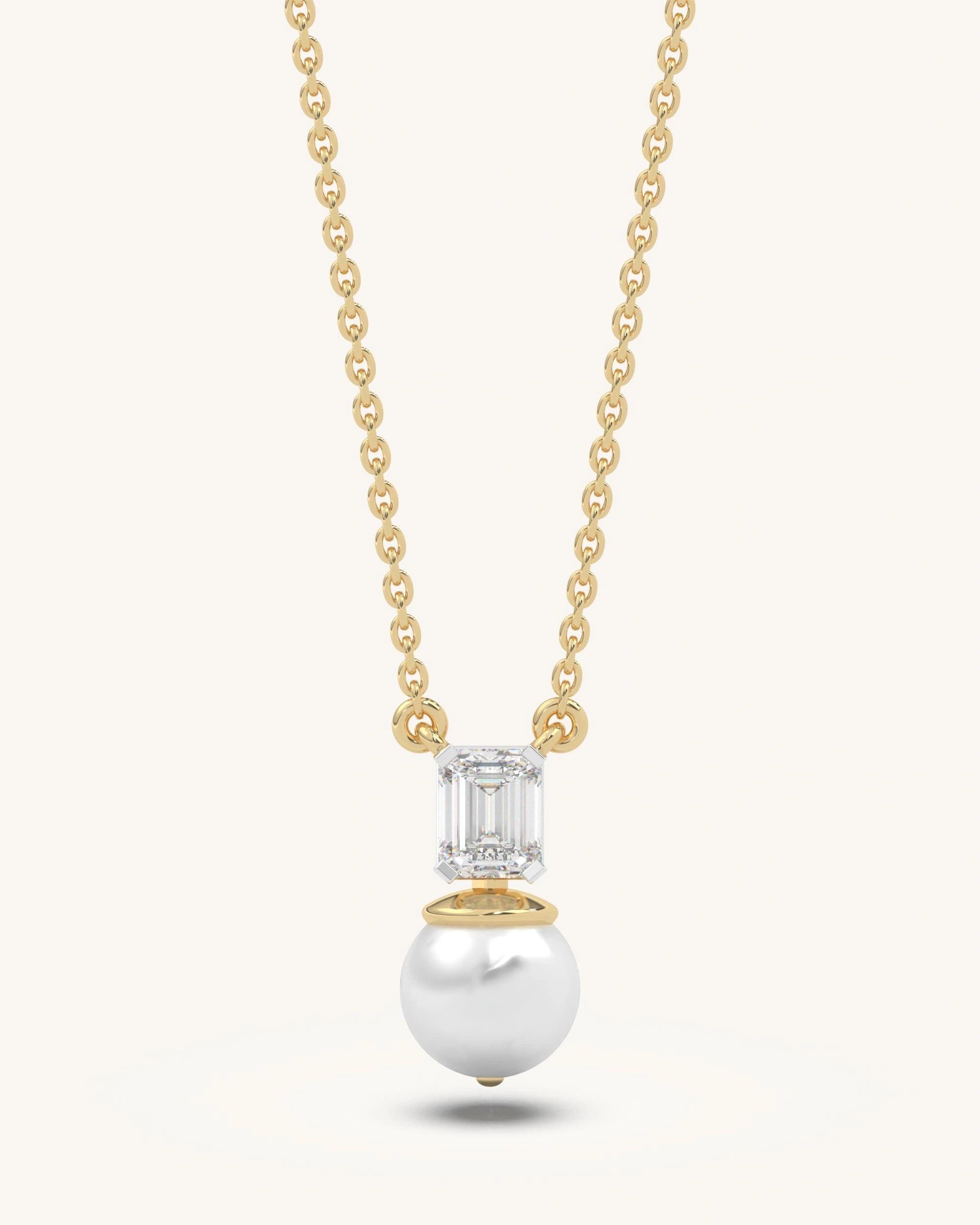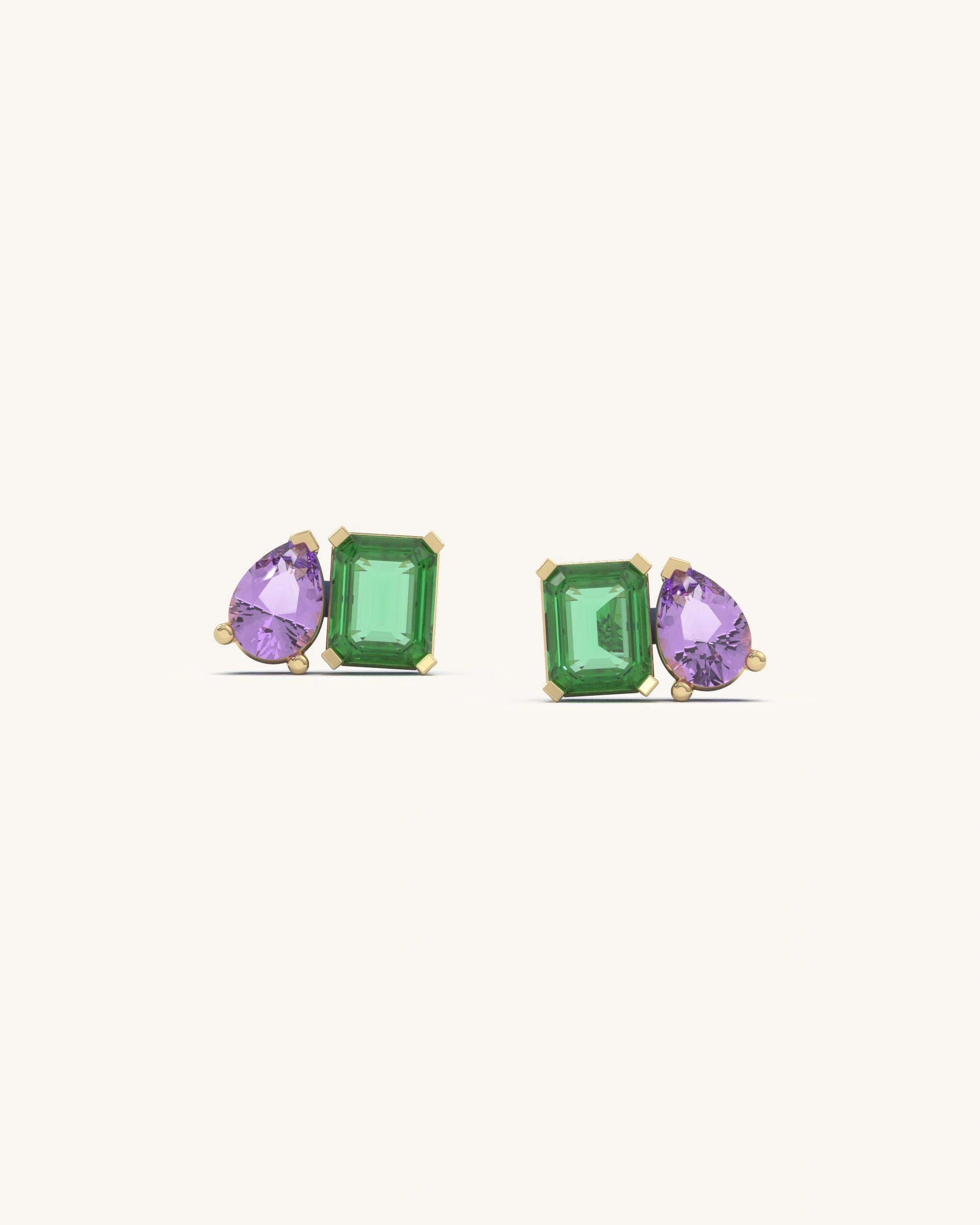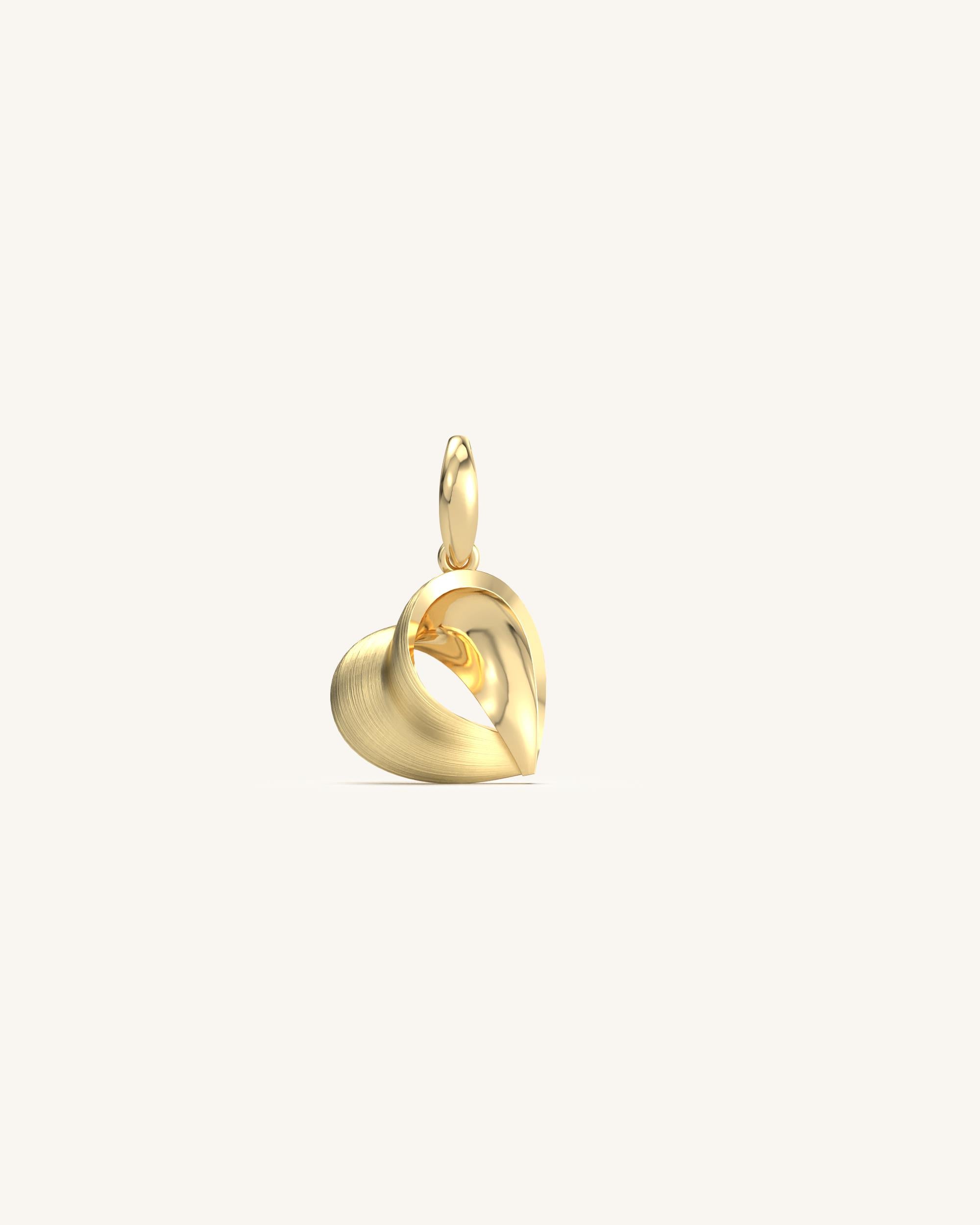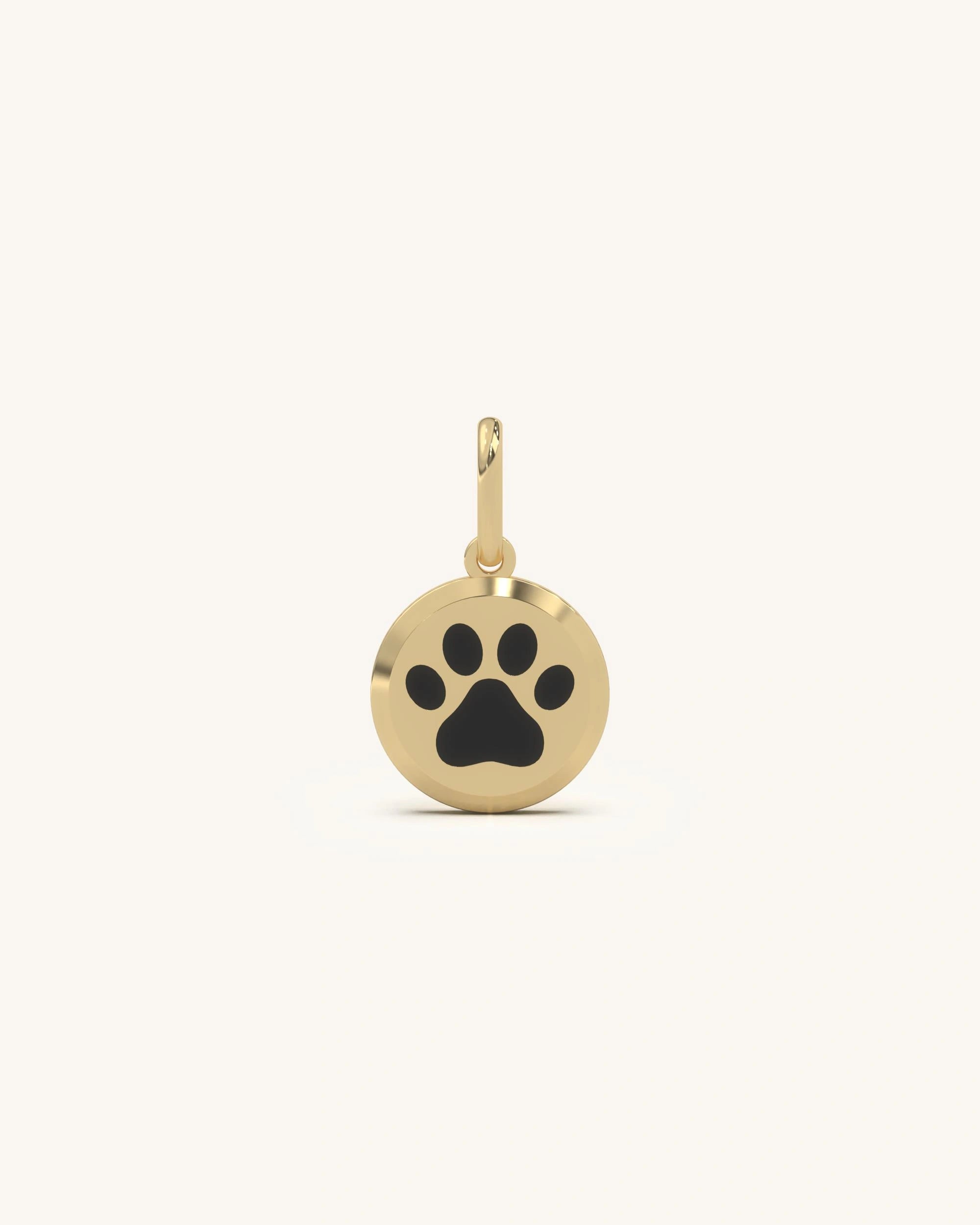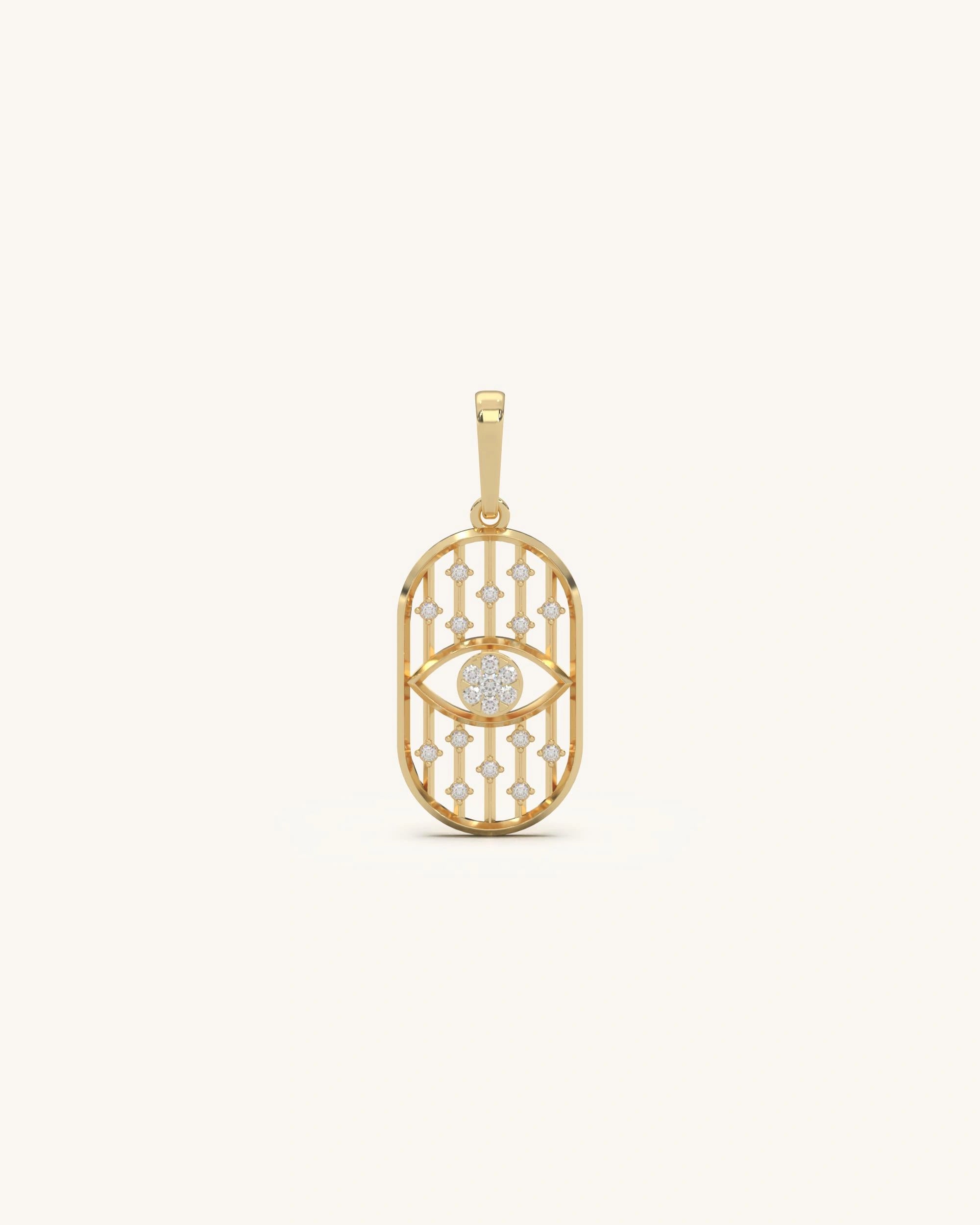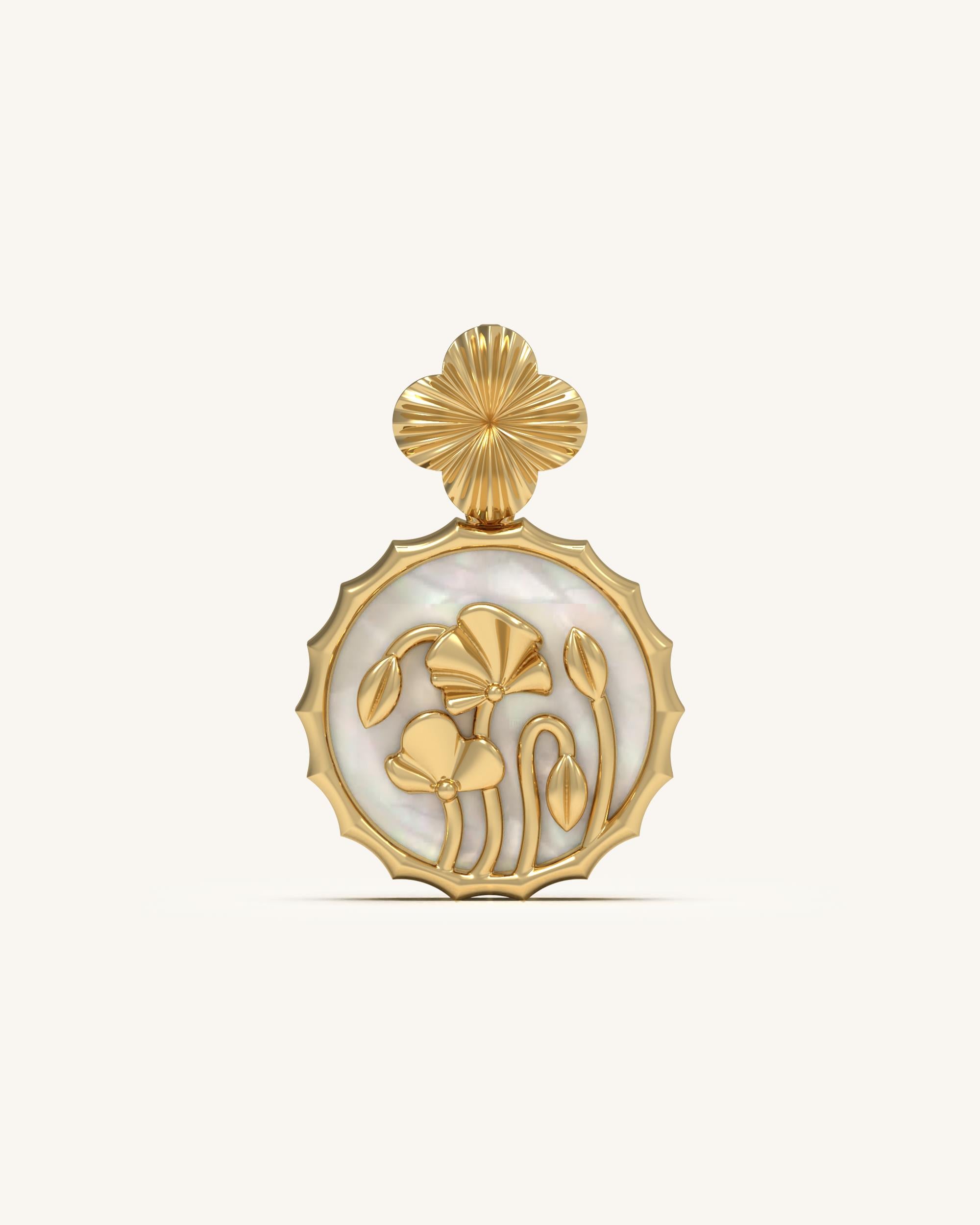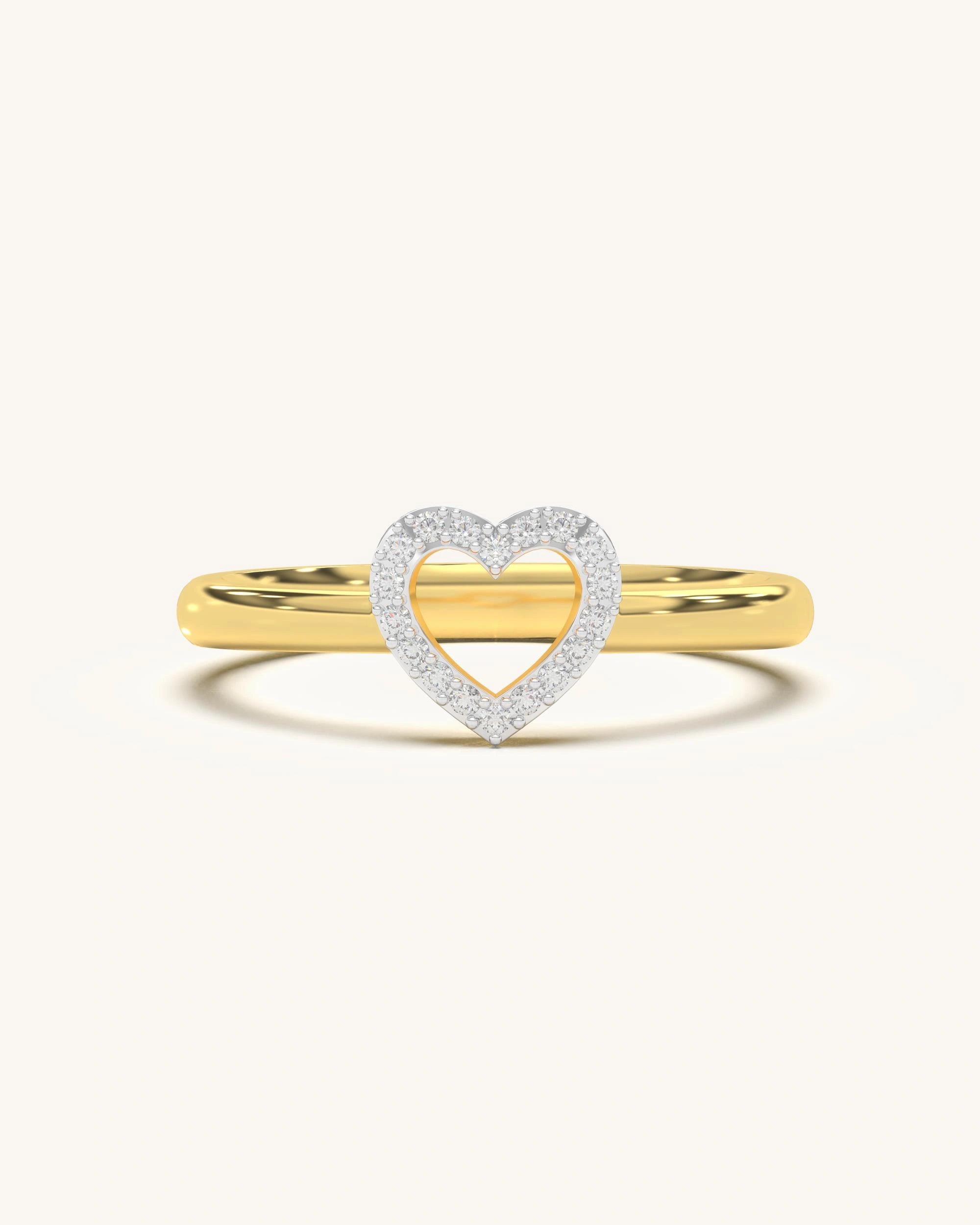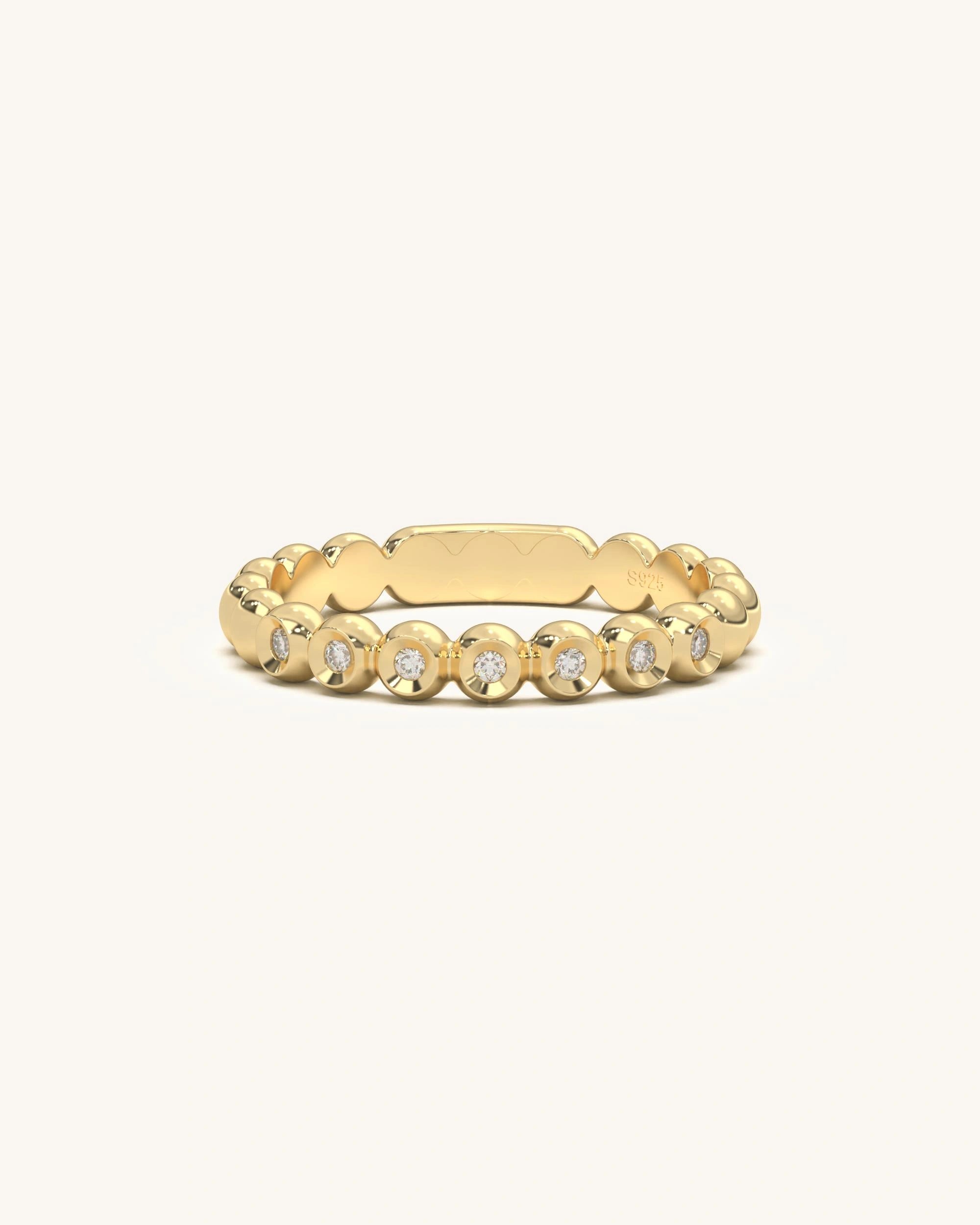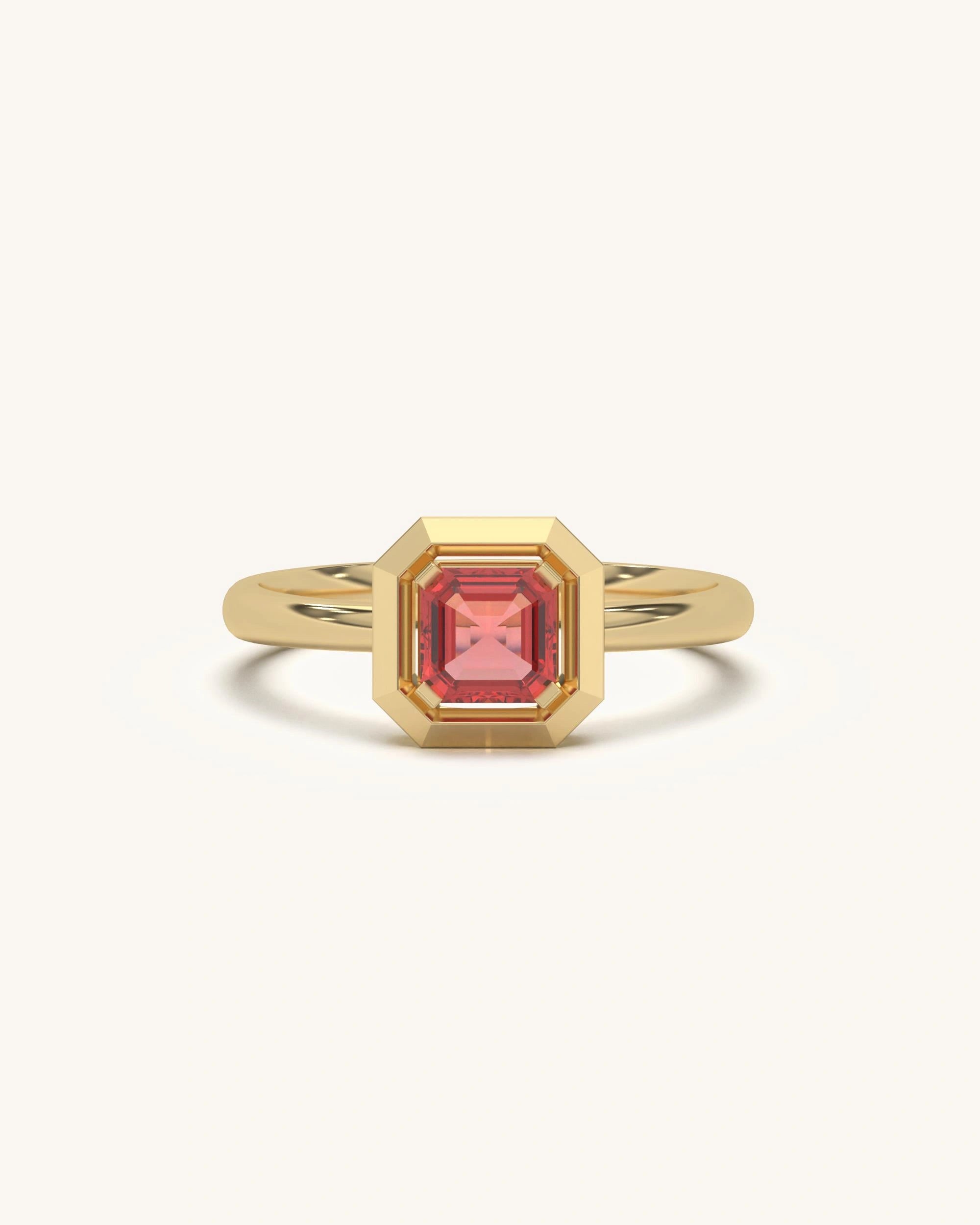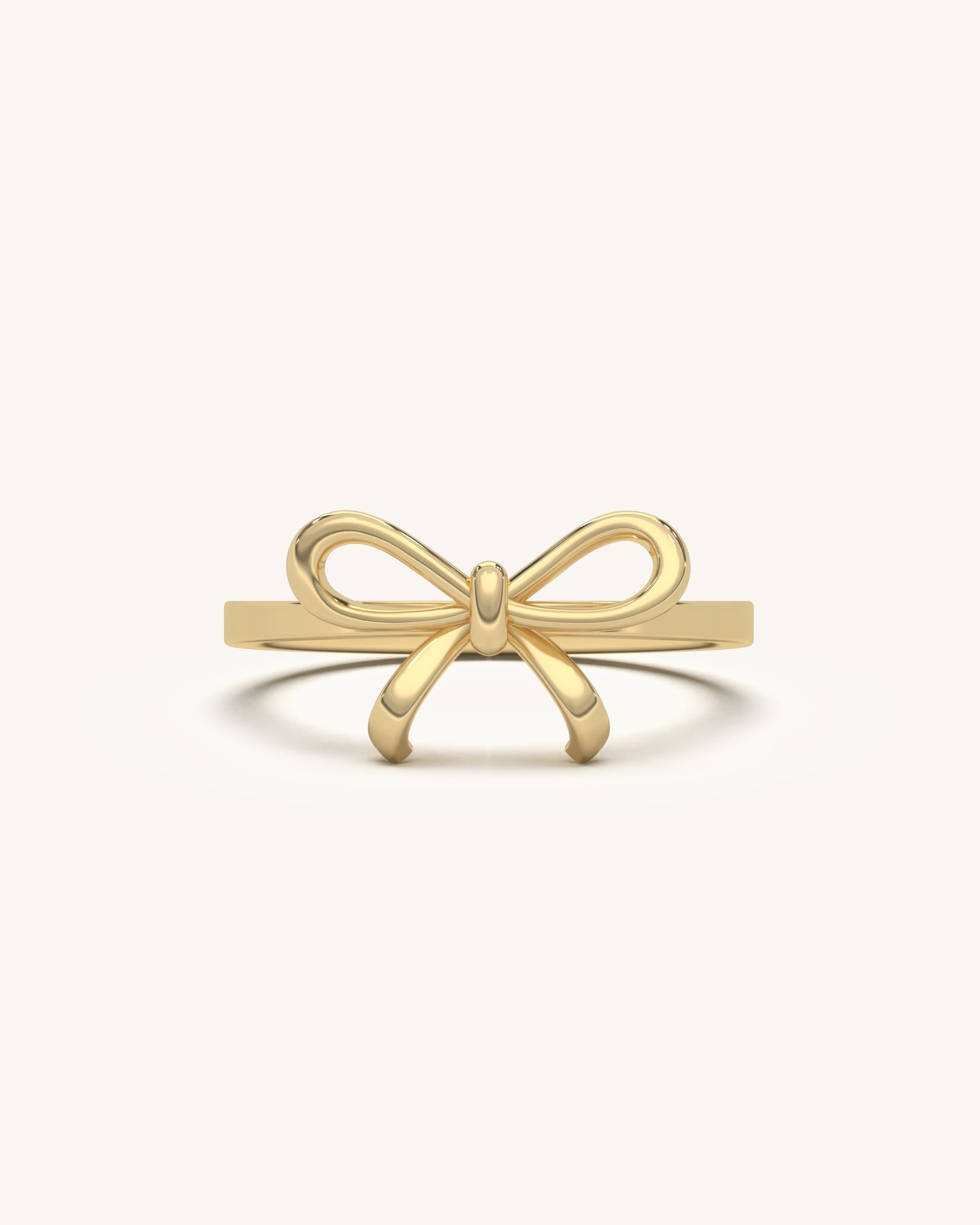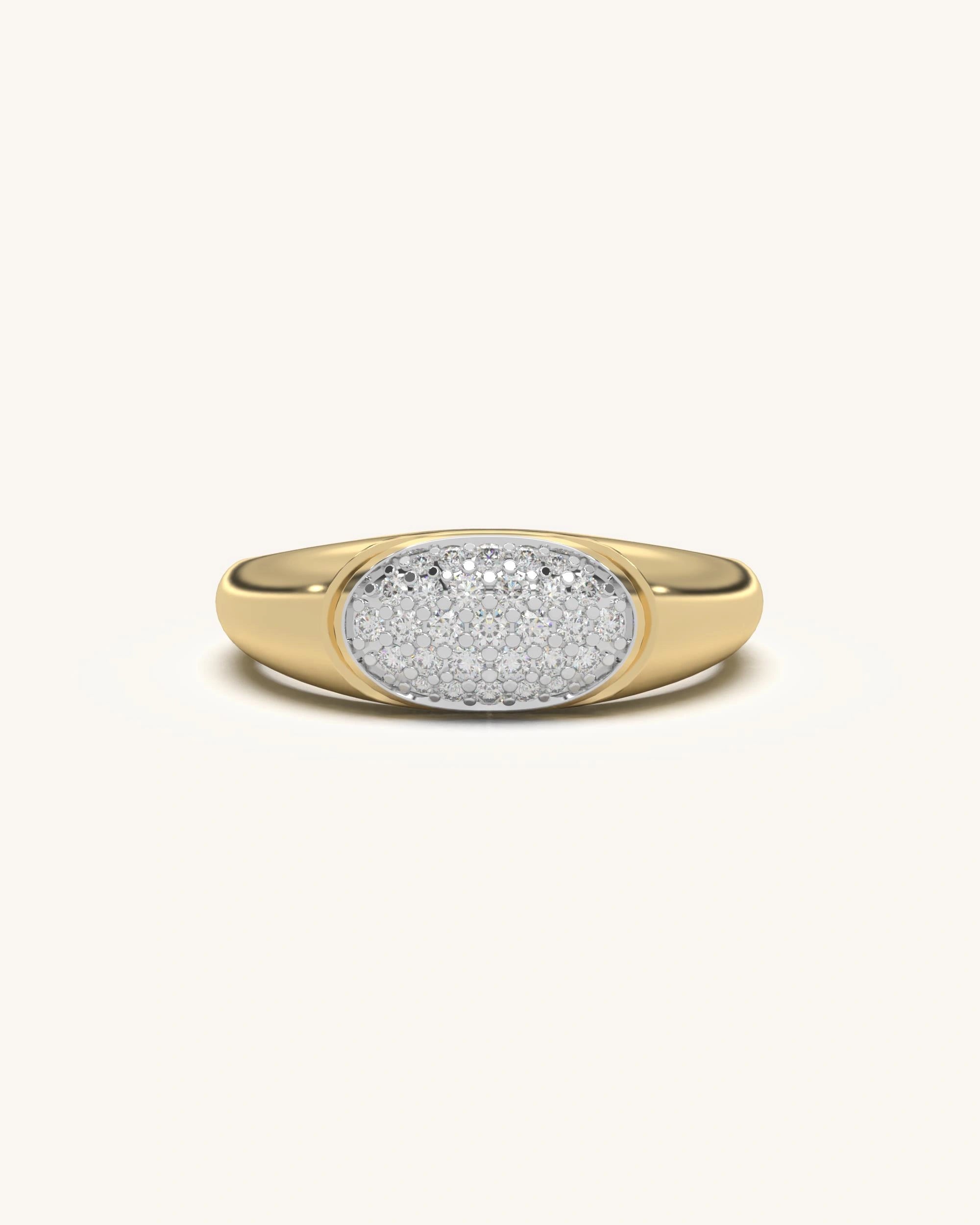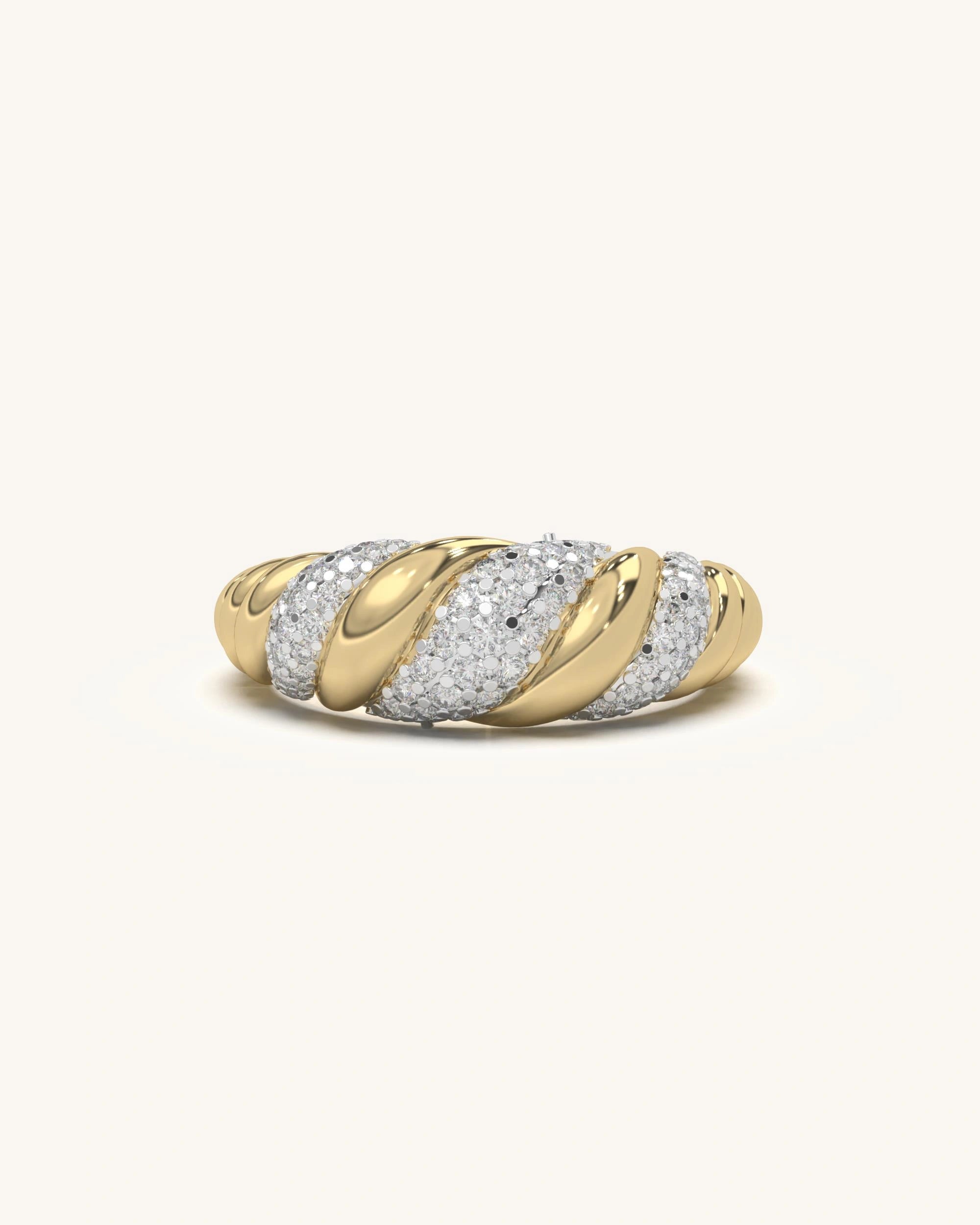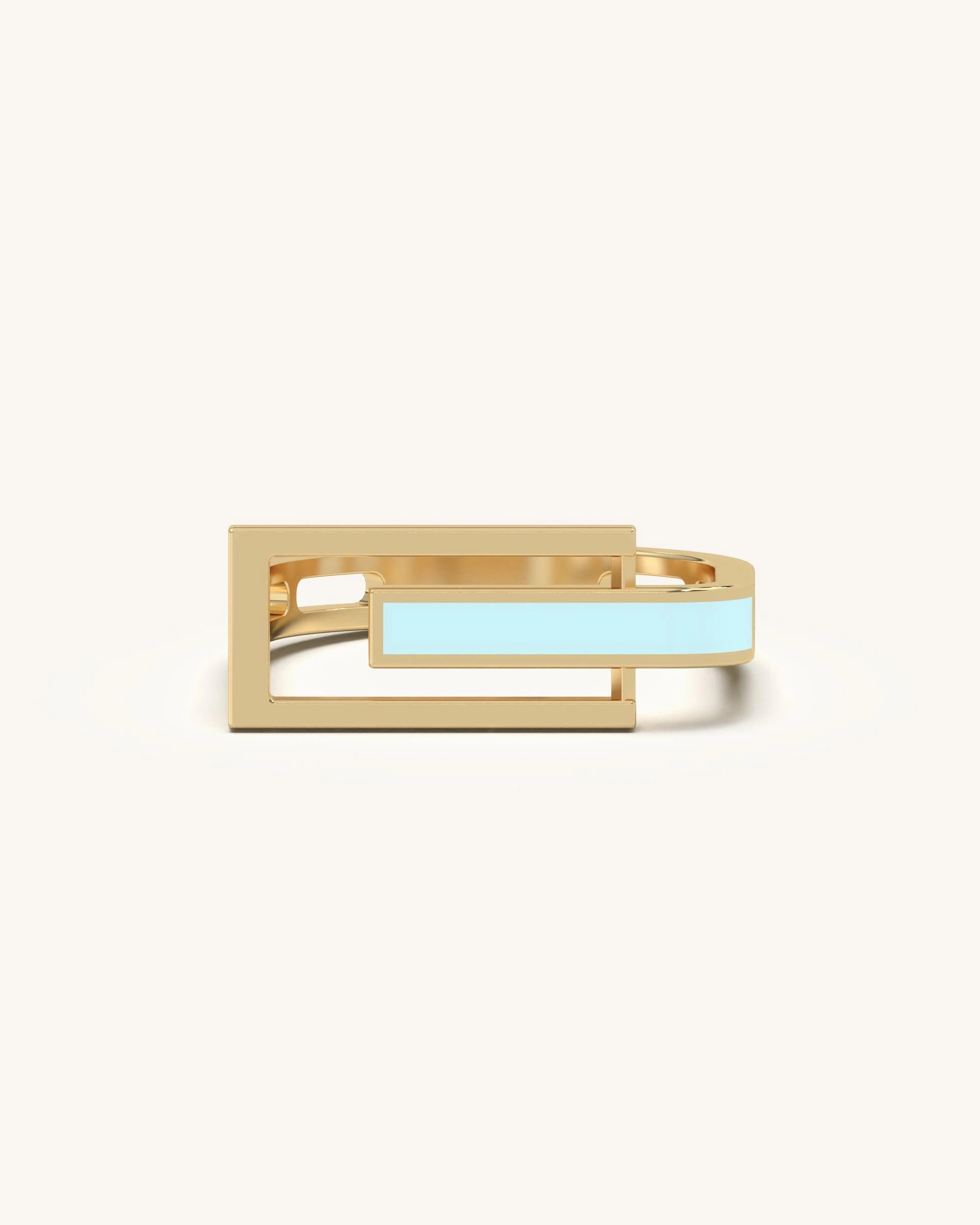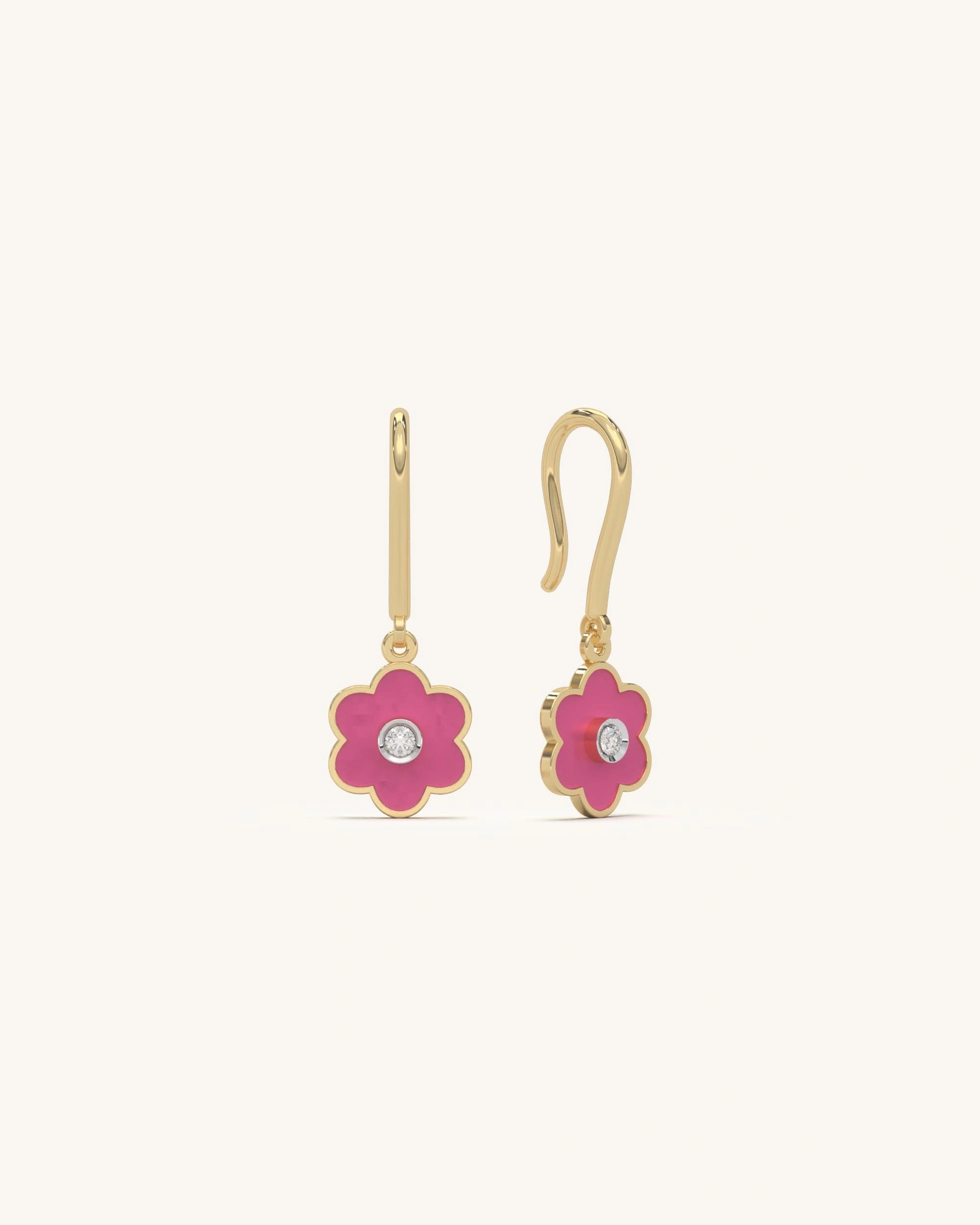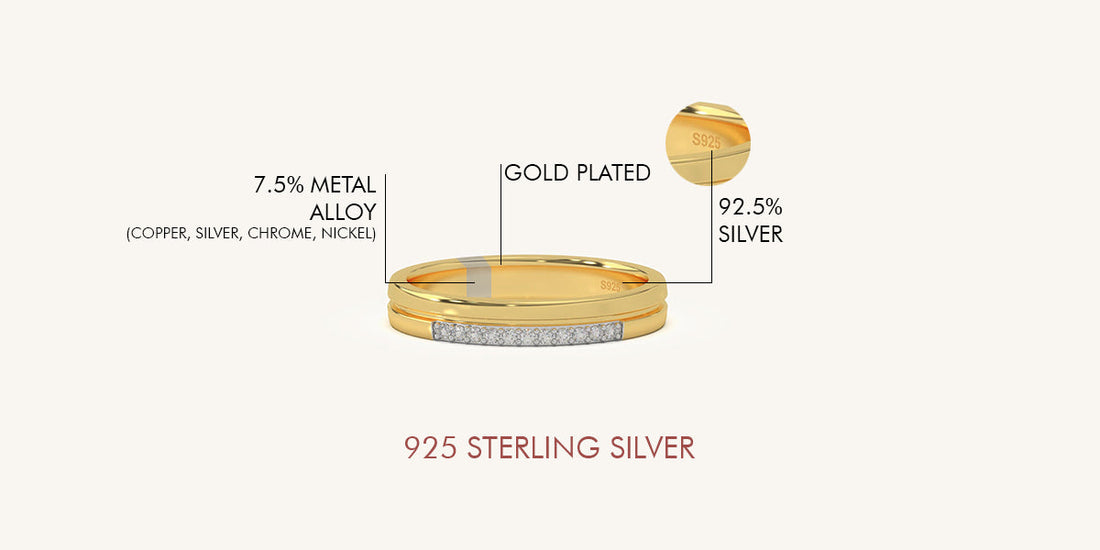
Best Way to Check Your Silver Purity at Home, Shop or Online
Share
Silver has long been cherished for its gleaming beauty and versatility. From ancient coins to modern fashion jewellery, silver continues to captivate us. But how do you ensure the silver you’re buying is genuine? Understanding how to check silver purity is the first step toward making an informed and confident purchase.
Whether you're examining your grandmother’s heirloom or buying a new piece online, this post offers everything you need to know to verify silver purity at home, in a shop, or digitally.
Common Purity Standards for Silver
Sterling Silver (925)
Sterling silver contains 92.5% pure silver and 7.5% other metals, usually copper. It's durable, lustrous, and commonly stamped with “925”.
Fine Silver (999)
Fine silver is 99.9% pure, making it softer and more prone to scratching. It’s usually used in coins and specialised items.
Coin Silver (900)
Often found in antique items, coin silver is 90% silver and 10% other metals.
Plated and Mixed Metals
Some products are merely silver-plated, meaning they have a thin silver coating over a base metal. These don’t hold the same value as sterling or fine silver.
How to Check Silver Purity at Home
You don’t always need fancy tools or a jeweller’s loupe.
Here are some simple methods:
Visual Inspection
Look for marks like “925,” “Sterling,” or “Ster.” These stamps are typically found in discreet spots like the inside of rings or the back of pendants.
Magnet Test
Silver isn’t magnetic. If your item sticks to a magnet, it's likely mixed with or made from another metal.
Ice Cube Test
Place an ice cube on the silver item. Silver conducts heat rapidly, so the ice should melt faster than on other surfaces.
Rub Test with a Cloth
Rub the piece with a white cloth. Real silver may leave black marks due to oxidation; this is a good sign!
Smell Test
Pure silver is odourless. If your item smells metallic or like chemicals, it's likely, not genuine.
Baking Soda Test
Rub a paste of baking soda and water on the item. Genuine silver will show tarnish, but no green residue.
White Vinegar Test
Soak the item in white vinegar for a few minutes. If it changes colour or smells odd, it may not be real silver.
Bleach Test
Though not ideal for preservation, a drop of bleach on silver causes tarnish quickly, proving authenticity.
Learn more about the different types of silver.
Tools to Check Silver Purity at Home
- Silver Testing Kits: These kits often include acids that react with silver differently than with other metals.
- Digital Scales: Compare weight with known silver items.
- Jeweller’s Loupe: A magnifying glass helps spot tiny authenticity marks or discolouration.
How Jewellers Test Silver Purity
Acid Test
A jeweller applies a drop of acid to the surface. Different reactions indicate the metal’s purity.
XRF Spectrometer
Used for precise, non-invasive analysis, XRF identifies the metal composition within seconds.
Electronic Silver Testers
These gadgets measure conductivity and other attributes to verify authenticity without damaging the piece.
How to Check Silver Purity Online Before You Buy
Look for Hallmarks and Certifications
Reputable brands disclose silver quality with stamps like “925” and offer certification details.
Trustworthy E-commerce Platforms
Always choose established retailers or official brand online stores like Shayn.
Verified Seller Ratings and Reviews
Reading reviews can reveal real-life feedback about purity and customer satisfaction.
Importance of Product Descriptions and Specifications
Good product listings should include:
- Purity stamp (e.g., 925)
- Weight and dimensions
- Metal composition
- Warranty and return policy
Common Myths and Misconceptions about Silver Testing
- “All shiny silver is pure”: False. Nickel or chrome can be shinier than real silver.
- “Heavier means better”: Weight depends on design, not always purity.
- “Only professionals can verify purity”: DIY methods are quite reliable when used correctly.
Why Choose 925 Sterling Silver Jewellery?
- Durable: Doesn’t bend or scratch easily.
- Affordable Luxury: Offers beauty similar to white gold at a fraction of the cost.
-
Hypoallergenic: Great for people with sensitive skin.
Discover easy tips to clean silver.
Shayn's 18K Gold Plated 925 Silver Jewellery for Women
Shayn redefines modern elegance with genuine 925 sterling silver pieces plated in 18K rose, yellow, or white gold. Each piece blends the classic appeal of precious metals with contemporary design.
Whether you’re attending a wedding or dressing up your daily outfit, Shayn’s jewellery adds a sophisticated touch that lasts.
What Makes Shayn's Jewellery Stand Out?
- Authentic 925 Silver Stamp
- Triple-Layer 18K Gold Plating
- Elegant, Timeless Designs
- Safe for Sensitive Skin
Explore the surprising benefits of wearing silver.
Final Thoughts
Whether you're inspecting a cherished heirloom or shopping online, knowing how to check silver purity empowers you as a buyer. From home-based tests to certified lab results, there are multiple reliable ways to verify your silver's authenticity.
And remember, where you shop matters just as much as what you buy.
FAQs
1. Can you test silver with a magnet?
Yes. Real silver isn’t magnetic. If it sticks, it’s likely fake.
2. Is 925 silver real silver?
Absolutely. It’s 92.5% pure silver, known as sterling silver.
3. How accurate are home tests?
They are moderately accurate for quick checks, but not a substitute for lab testing.
4. Is gold-plated silver still valuable?
Yes! Especially if it’s 925 silver underneath, like Shayn’s products.
5. How to clean silver without damaging it?
Use a gentle silver polish or a baking soda paste. Avoid bleach and abrasives.
6. What does “925 Italy” mean?
It means the item is 92.5% pure silver and manufactured in Italy, often associated with high craftsmanship.
7. How to tell if silver is real with a lighter?
- Real silver won't easily tarnish, melt, or change colour when exposed to flame.
- Fake silver may darken, melt, or give off a plastic or metallic odour.
- Caution: This test can damage fake items and shouldn't be the only method used.
8. How to check a silver coin's purity?
- Look for a stamp like "999", "925", or "Sterling".
- Use a digital scale to check its weight and compare it with known standards.
- Use a magnet or acid test for more accuracy.
9. How to check the purity of silver ornaments?
- Look for purity hallmarks like "925" (92.5% silver).
- Use a magnet (real silver isn’t magnetic).
- Use a silver testing kit (acid test).
- Go to a jeweller for a professional XRF test.
10. How to check silver purity by hand?
- Check for softness (real silver is soft and can dent).
- Rub with a white cloth – black marks indicate tarnish (a sign of real silver).
- Feel the coolness – silver feels cold and dense in hand.
11. How to tell if a silver bar is real?
- Look for mint markings and serial numbers.
- Weigh and measure the bar – compare with official specs.
- Tap it – real silver makes a high-pitched ringing sound.
- Use a magnet and acid test for further proof.
12. How to tell if silver is real with water?
- Real silver tarnishes slowly in water but does not rust.
- If it rusts or flakes, it’s likely fake.
13. How to tell if silver is real by weight?
- Use a precise scale.
- Compare the weight to a real piece of the same size.
- Silver is denser than many fakes (like aluminium or tin).









